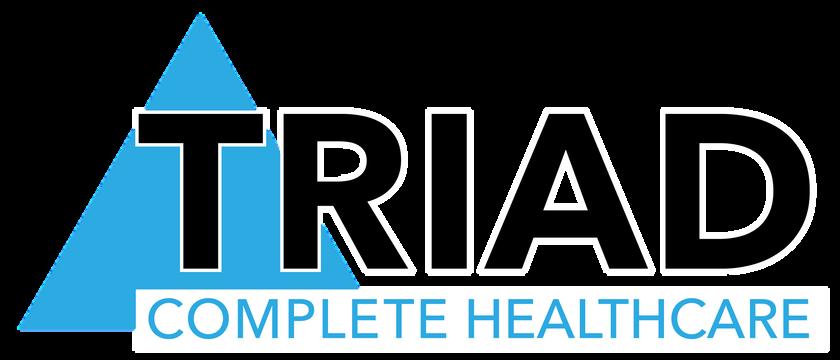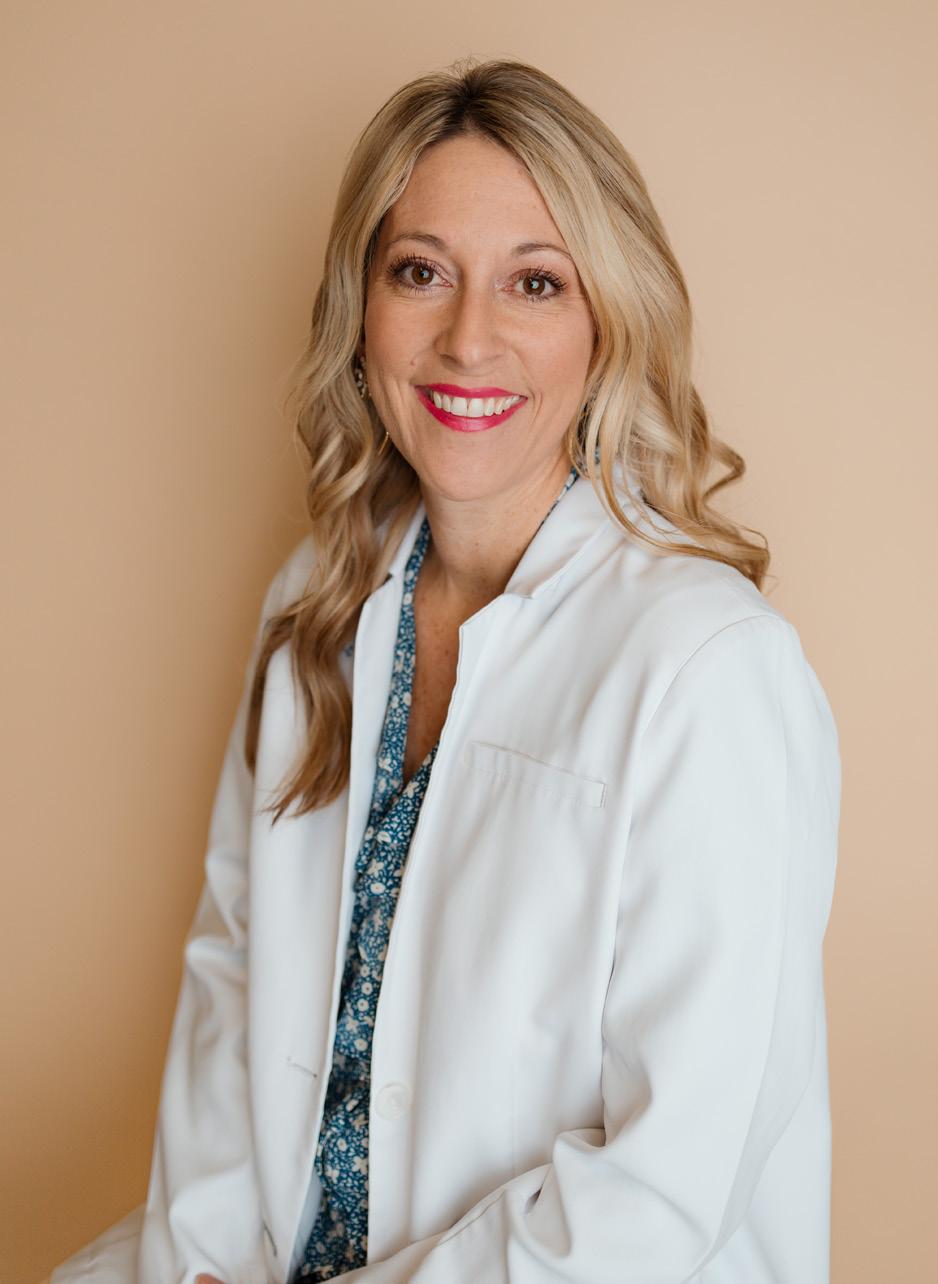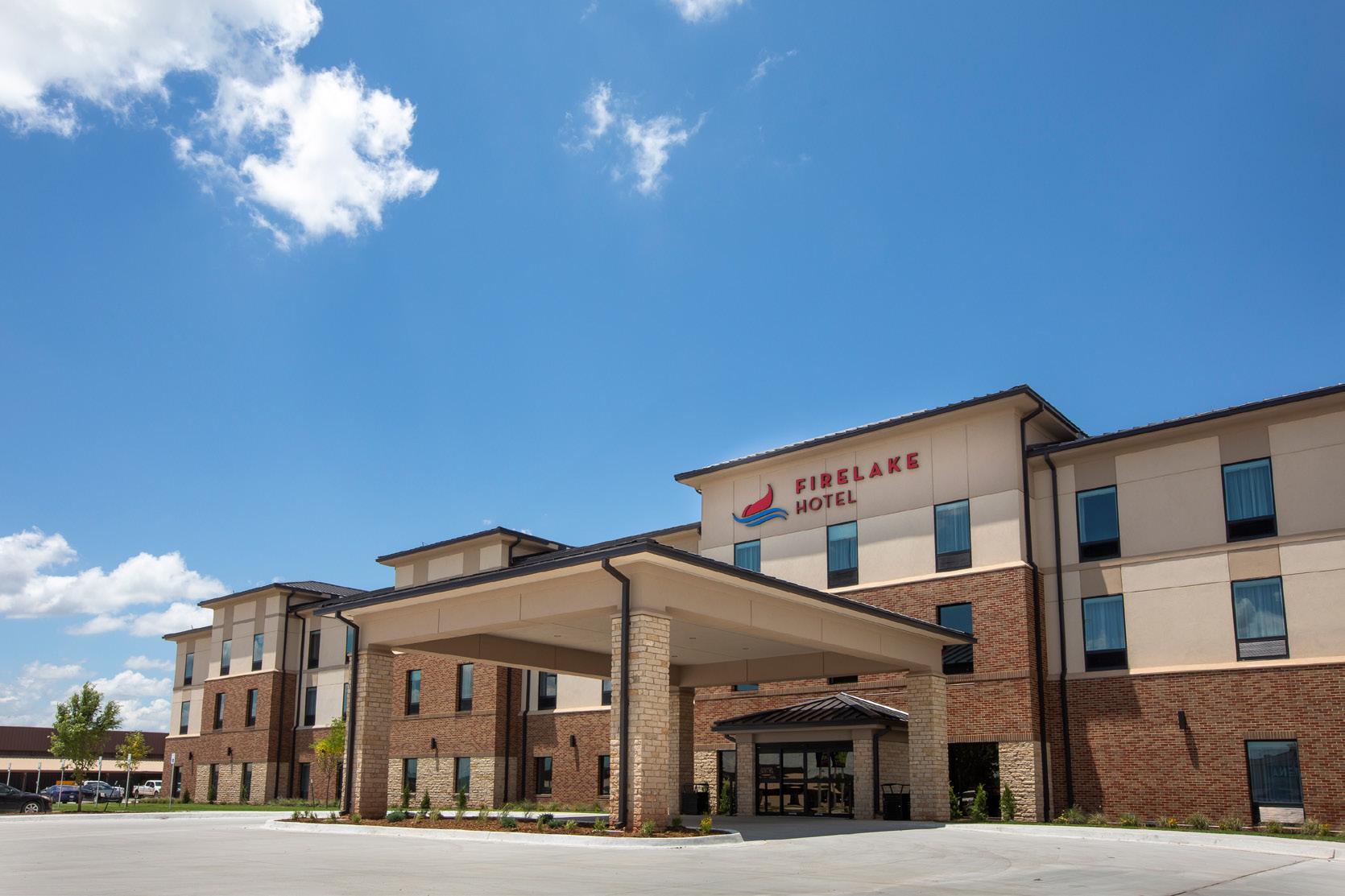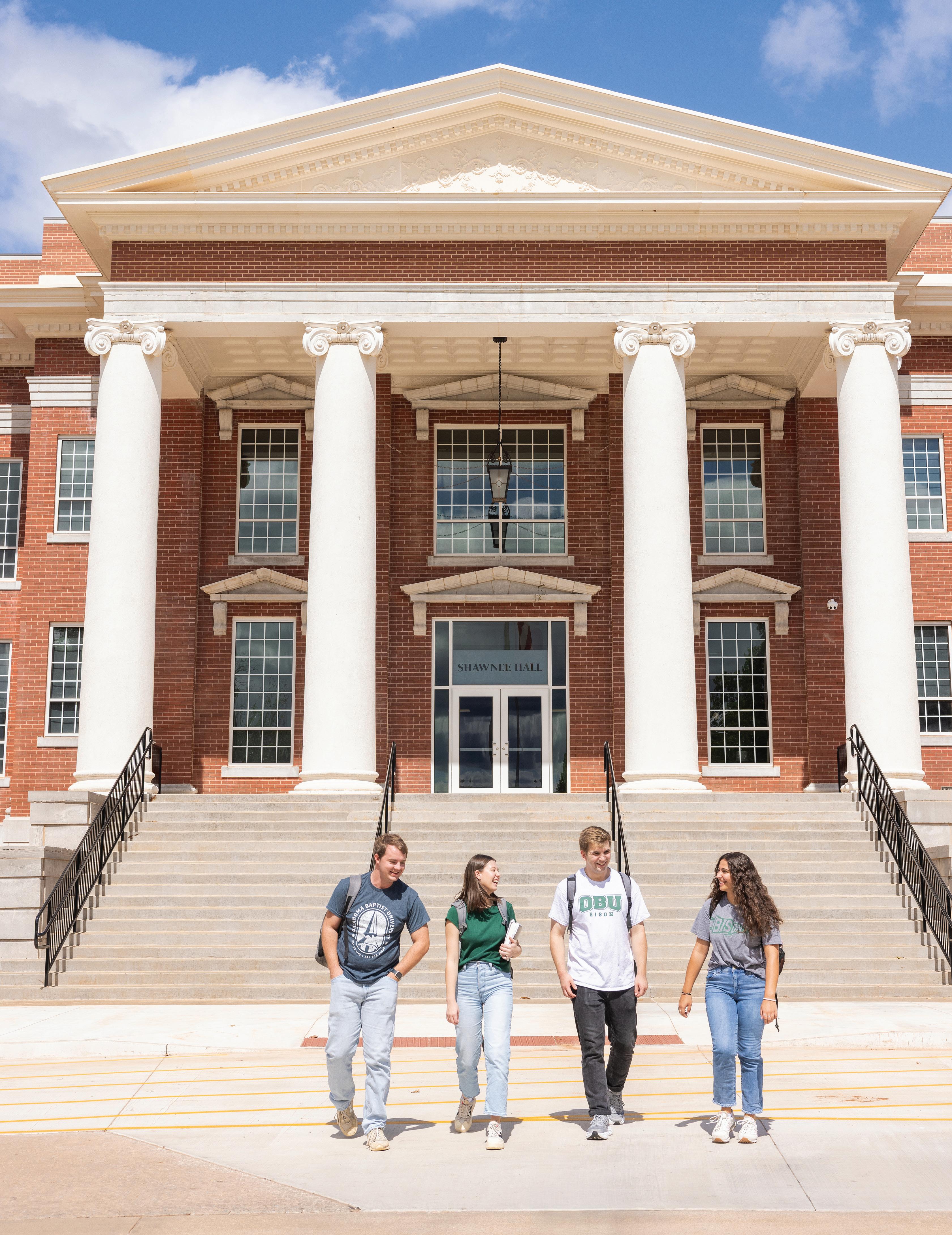

Financial strategies built
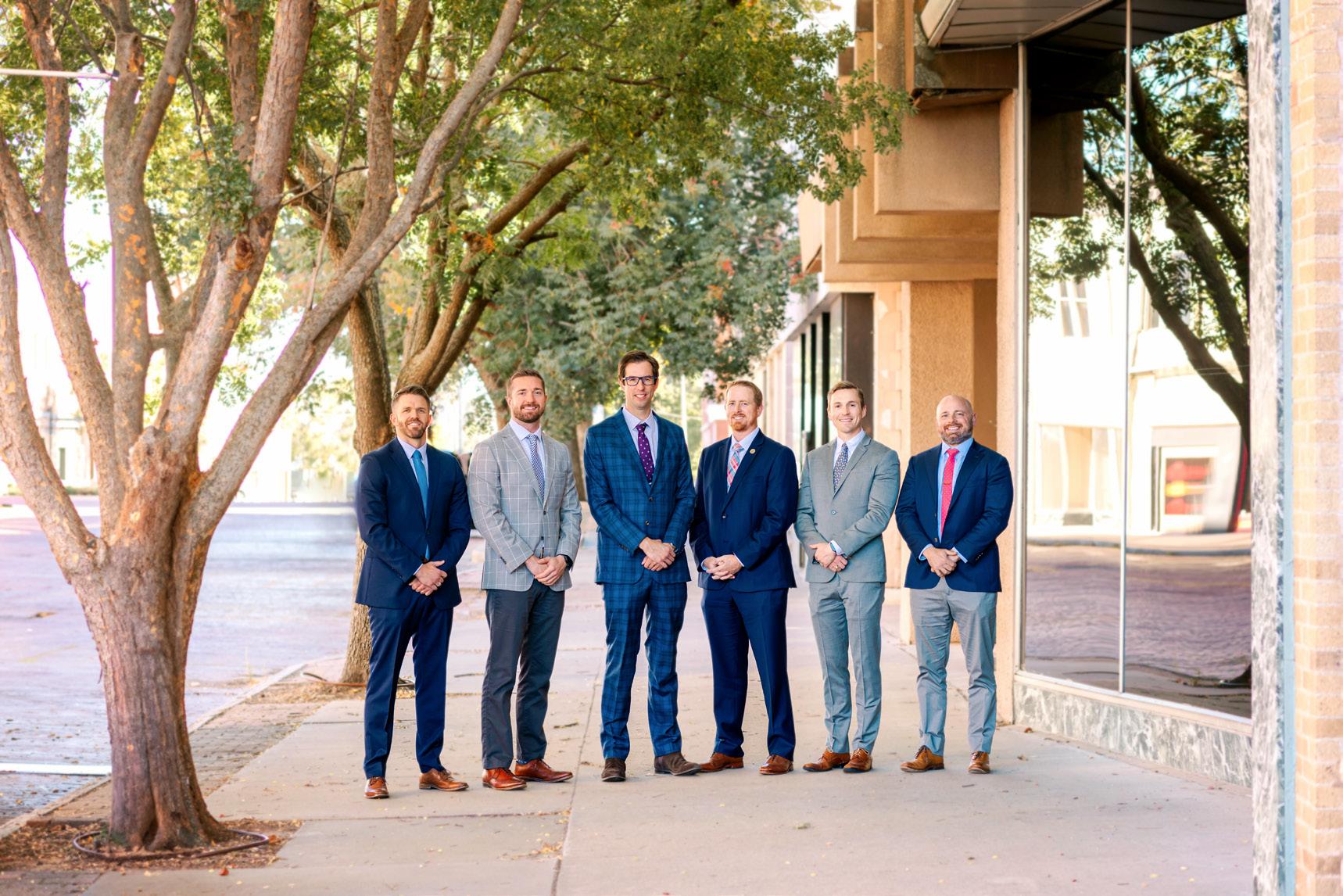
Michael P Garbutt, AAMSTM Financial
3813 N Harrison St Shawnee, OK 74804 405-214-4971
Jacob Russell Financial Advisor 4010 N Kickapoo Ave, Ste 1 Shawnee, OK 74804 405-214-1978
David W Spires, CFP® Financial Advisor 39004 W MacArthur St, Ste 110 Shawnee, OK 74804 405-878-0990
Chris Jones Financial Advisor 2510 E Independence St, Ste 100 Shawnee, OK 74804 405-395-0068
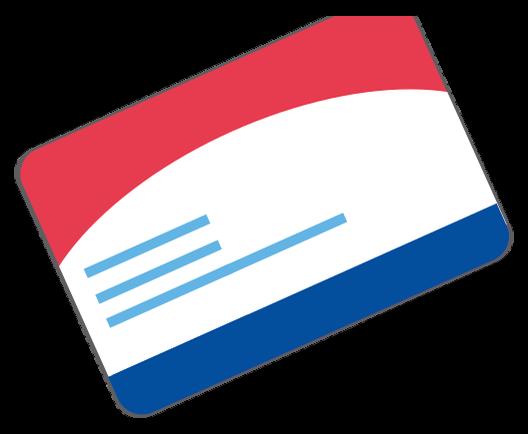
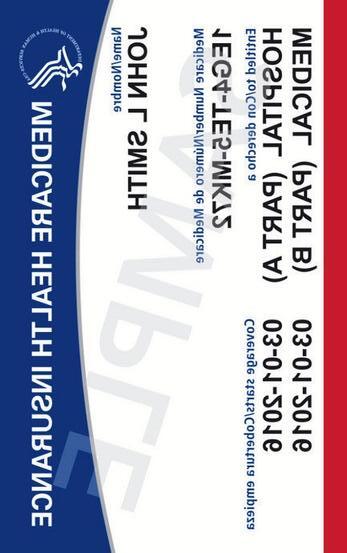
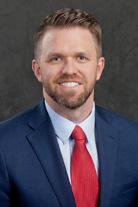

Brent S Morris Financial Advisor 923 E MacArthur St Shawnee, OK 74804 405-788-0040
Trey Thee III Financial Advisor 318 W MacArthur St Shawnee, OK 74804 405-395-2006



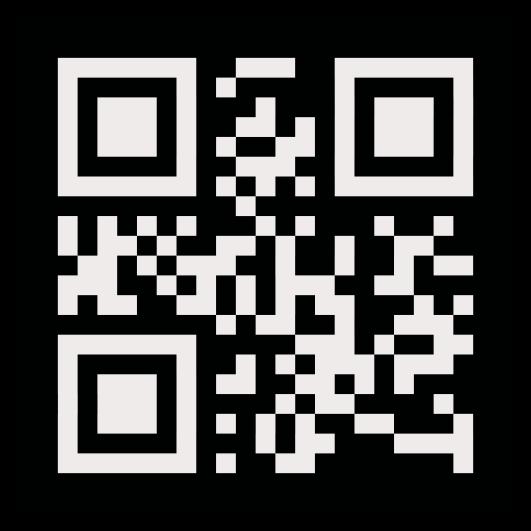








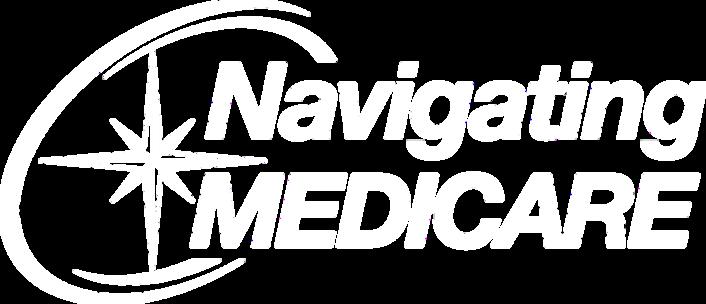


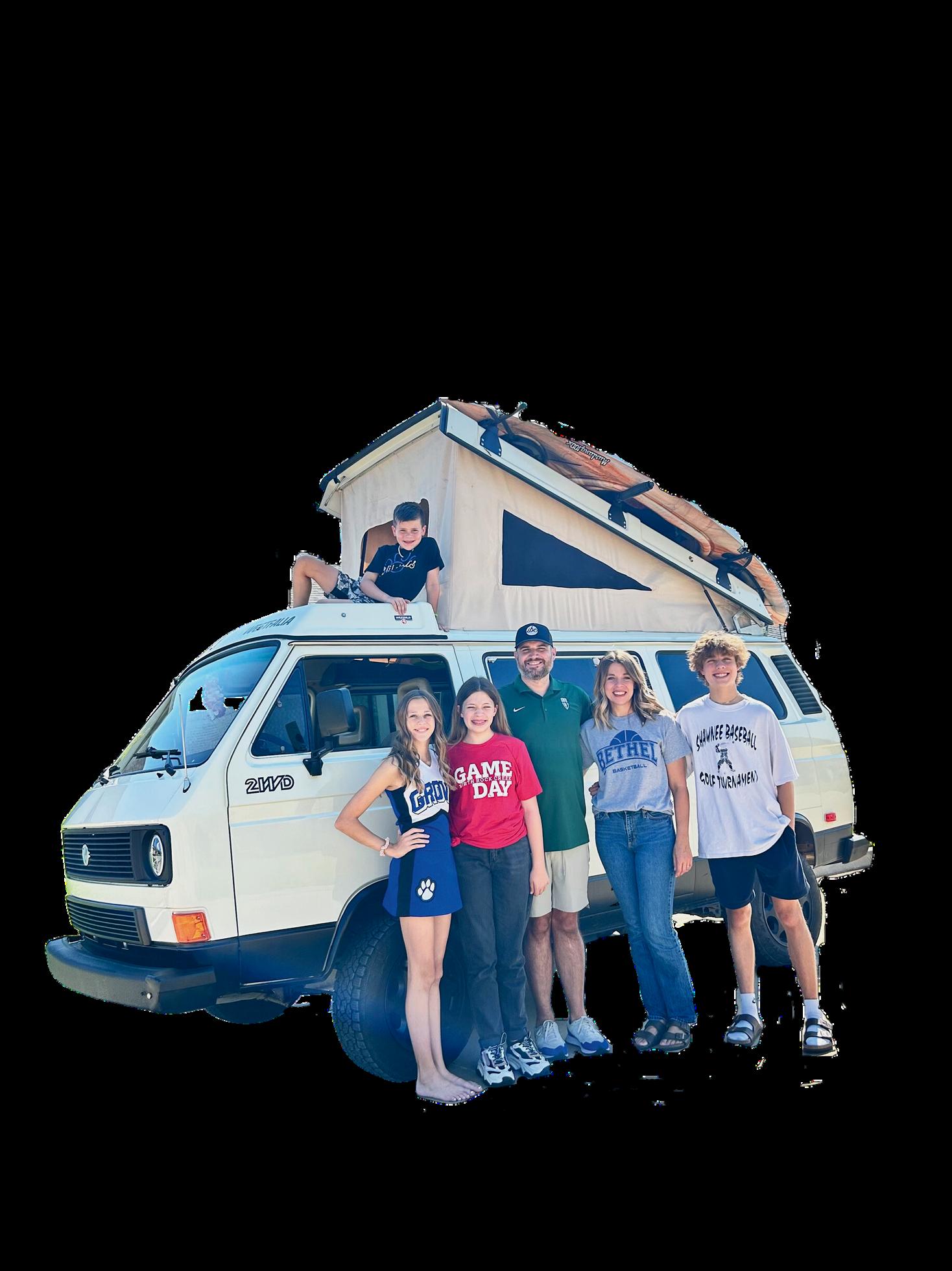
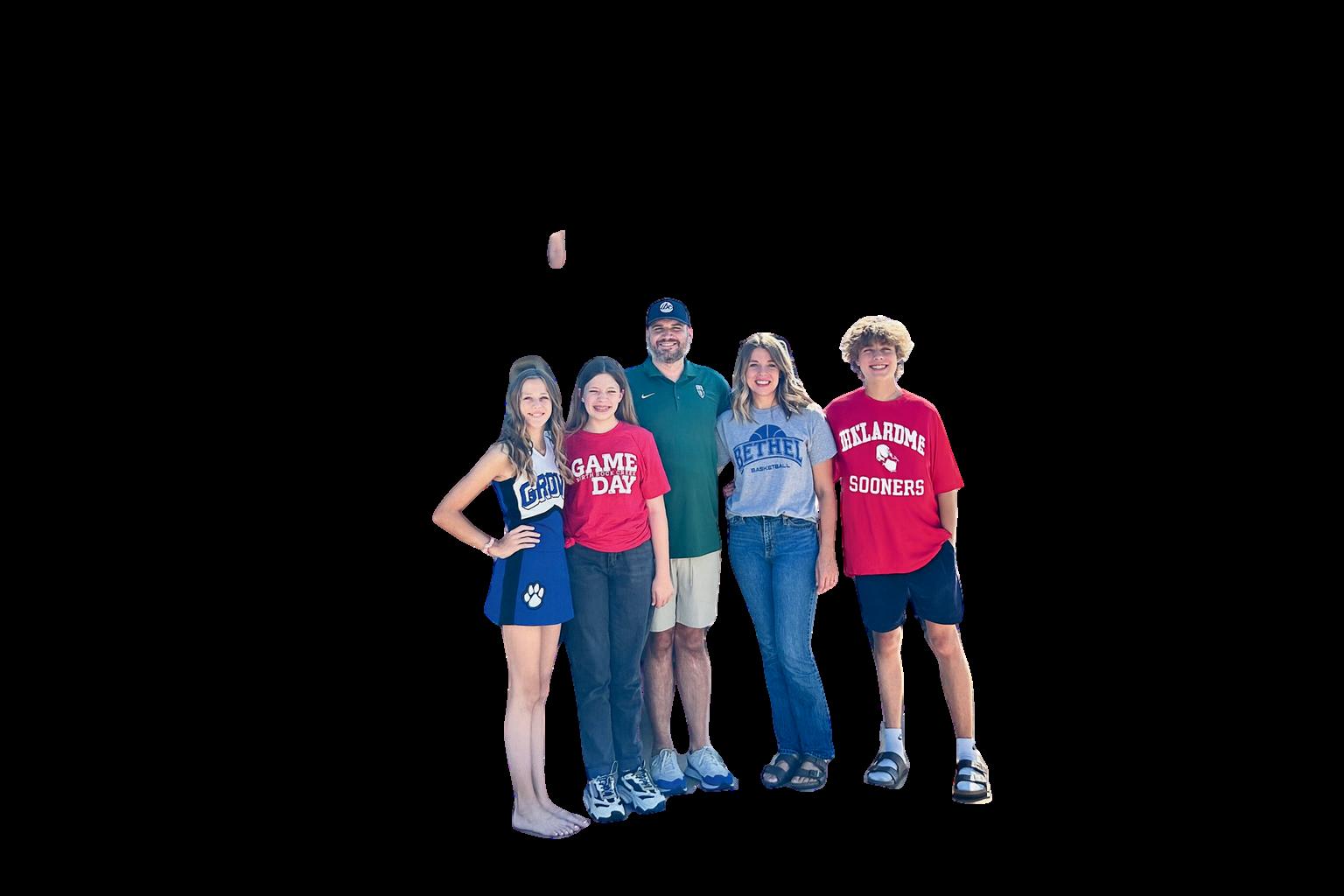


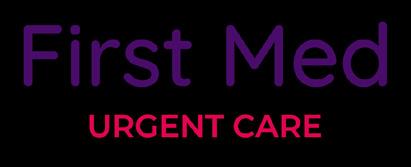
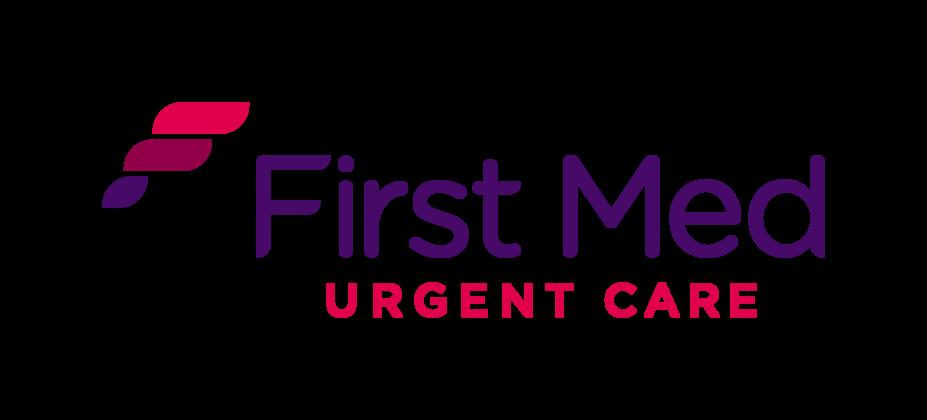
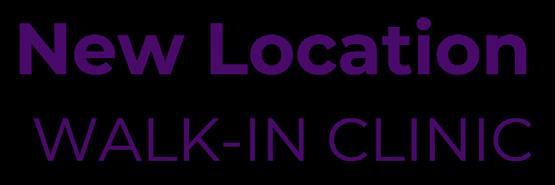


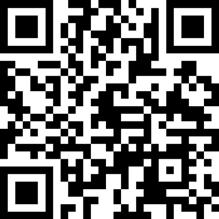





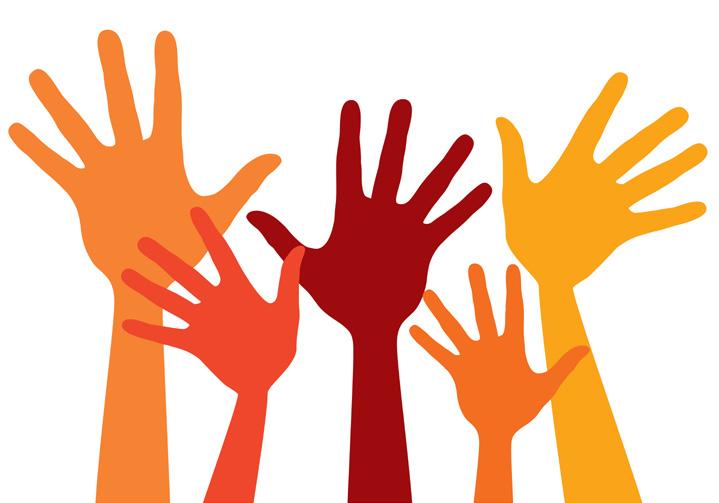




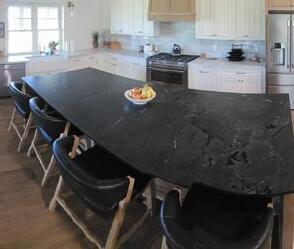
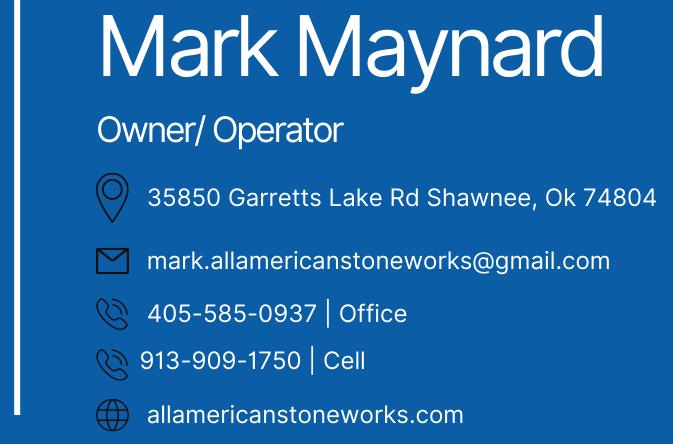



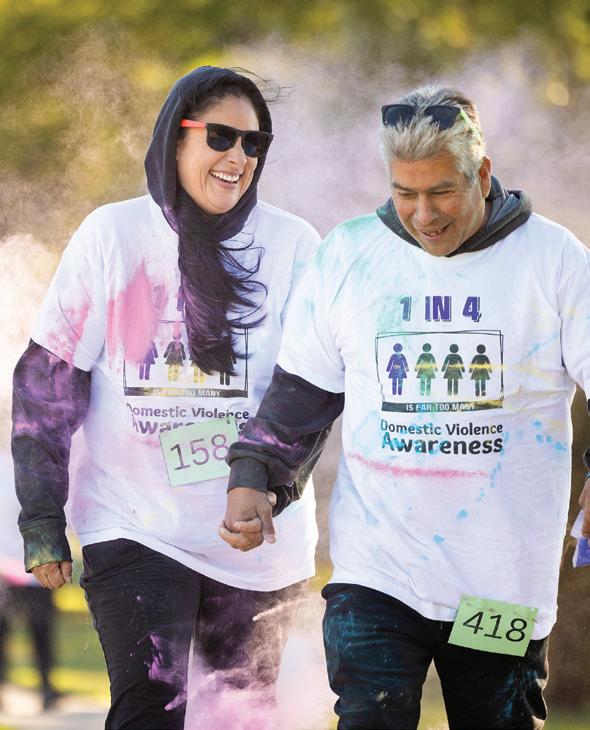
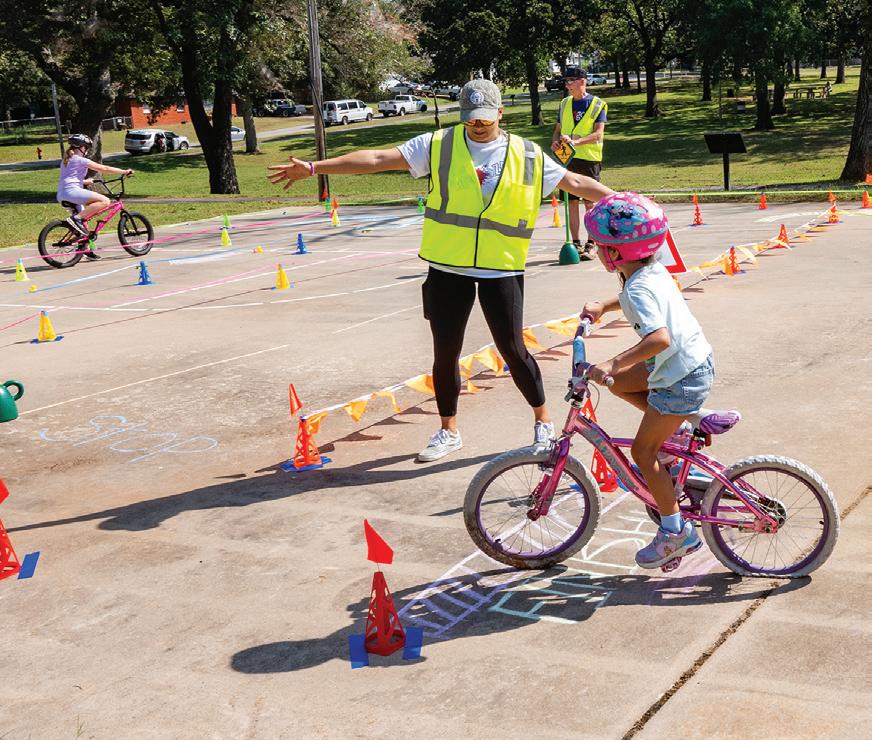

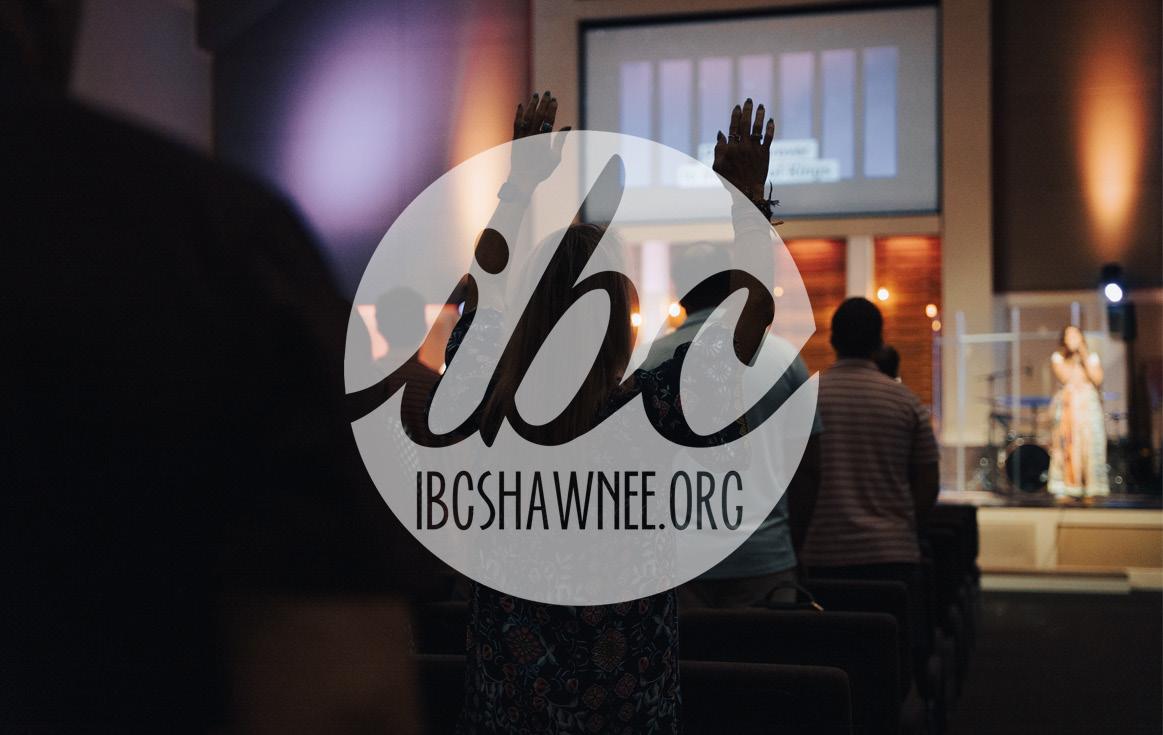
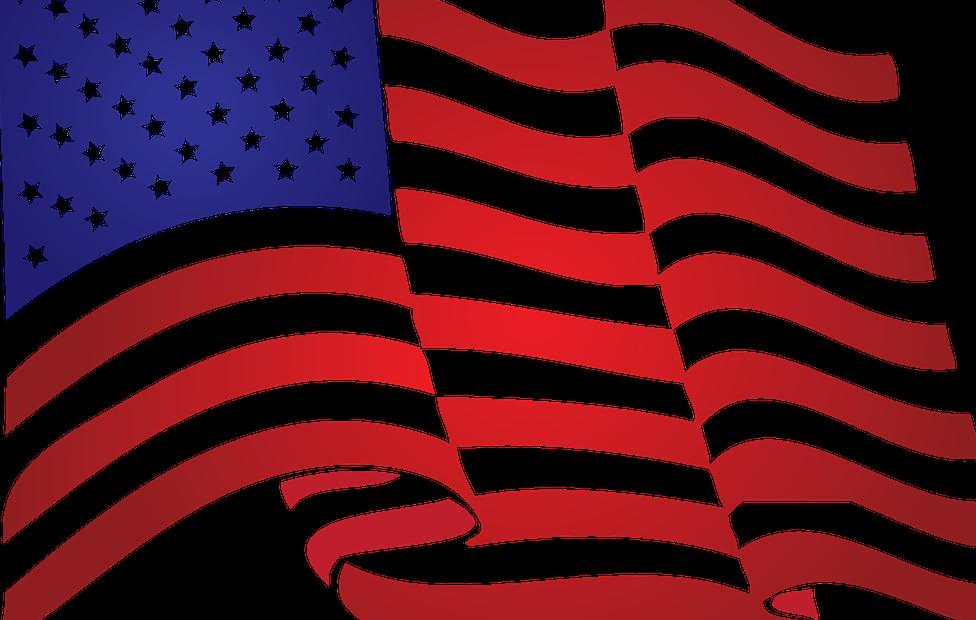
keep the change
FREE FOR FALL
Fall is in the air, and fall bucket lists are filled to the brim. It can feel overwhelming to try to capture the season while not falling into the trap that memories must cost money. Here are some ideas to bring fall in on a budget.
Find festivals. Fall festivals abound and offer all kinds of seasonal enjoyment at little cost. Dig around on social media to find a festival for any weekend you have available — be sure to check farmers’ markets and churches.

Rowland
Find multi-purpose activities. Rather than carve pumpkins, buy pie pumpkins and paint them as a family. These will not only last longer for display, but pie pumpkins can also be roasted to be used as filling for — you guessed it — pies, or any other pumpkin goods your heart can imagine.
Create your own seasonal goodies. Find recipes online for your own pumpkin-spiced latte or pumpkin breads. These flavors are easy to capture without shelling out for labels. Apple cider and hot chocolate are easy enough to brew at home. Make a whole carafe and share with family and neighbors. Pots of chili are also easy and inexpensive to whip up to bring home the cozy feeling of fall.
Host a bonfire. Or just gather around a small backyard fire pit. Assuming there are no bans in place, gather sticks from the backyard — or find someone offering free firewood — and set up some chairs. Use materials like bricks to create an easy at-home firepit, but be sure to research safety tips as well. Gather hot dogs to roast or just a bag of marshmallows. The most important part of this tradition is the time spent together, so don’t worry about making a Pinterest-worthy gathering — just enjoy the time. Share family stories or play fireside games. Savor the cozy feeling of fall while you can.
Angela Rowland is an OBU graduate and a stay-at-home mother of four. She enjoys finding new ways to stretch the paycheck and sharing her favorite tips and deals.

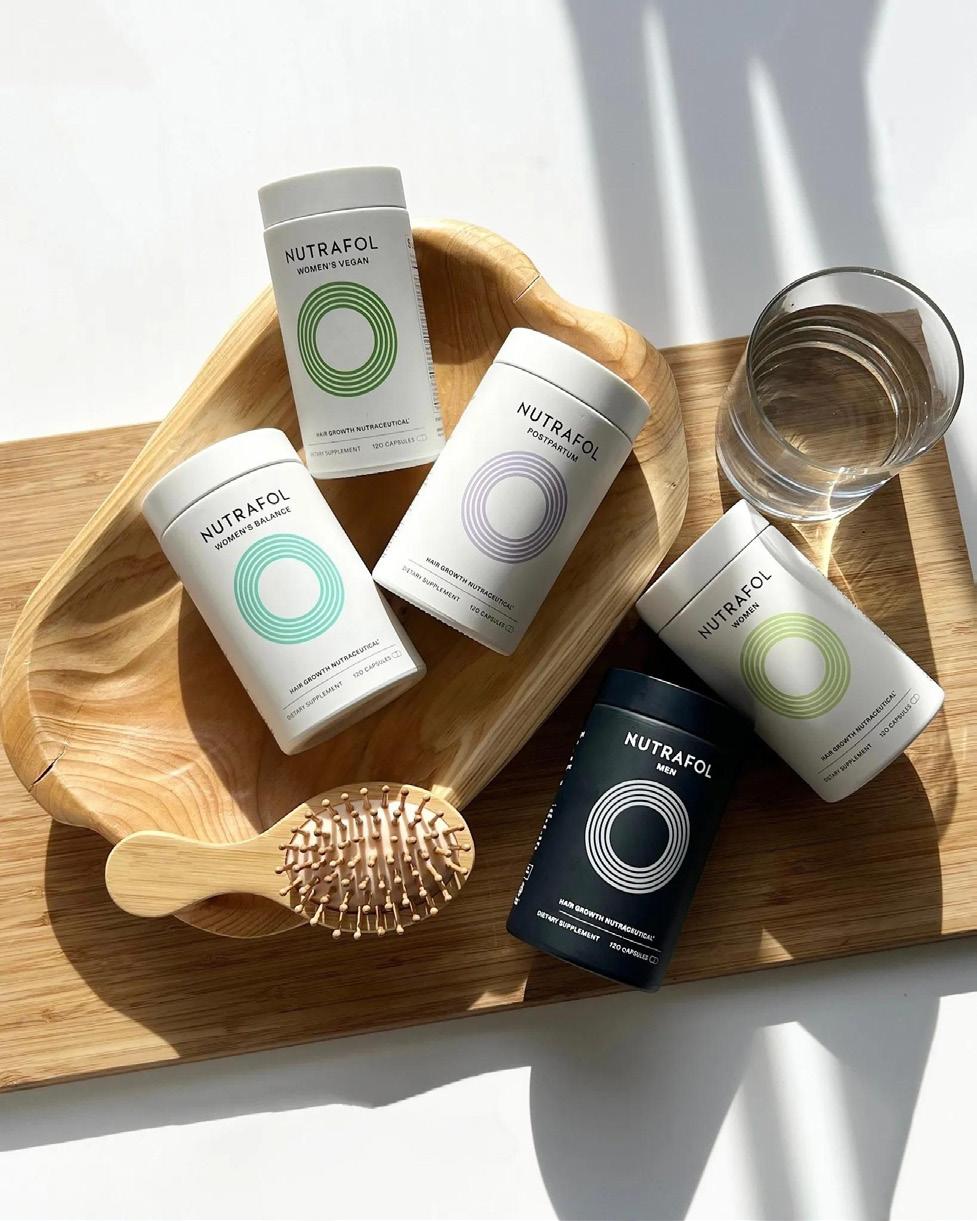
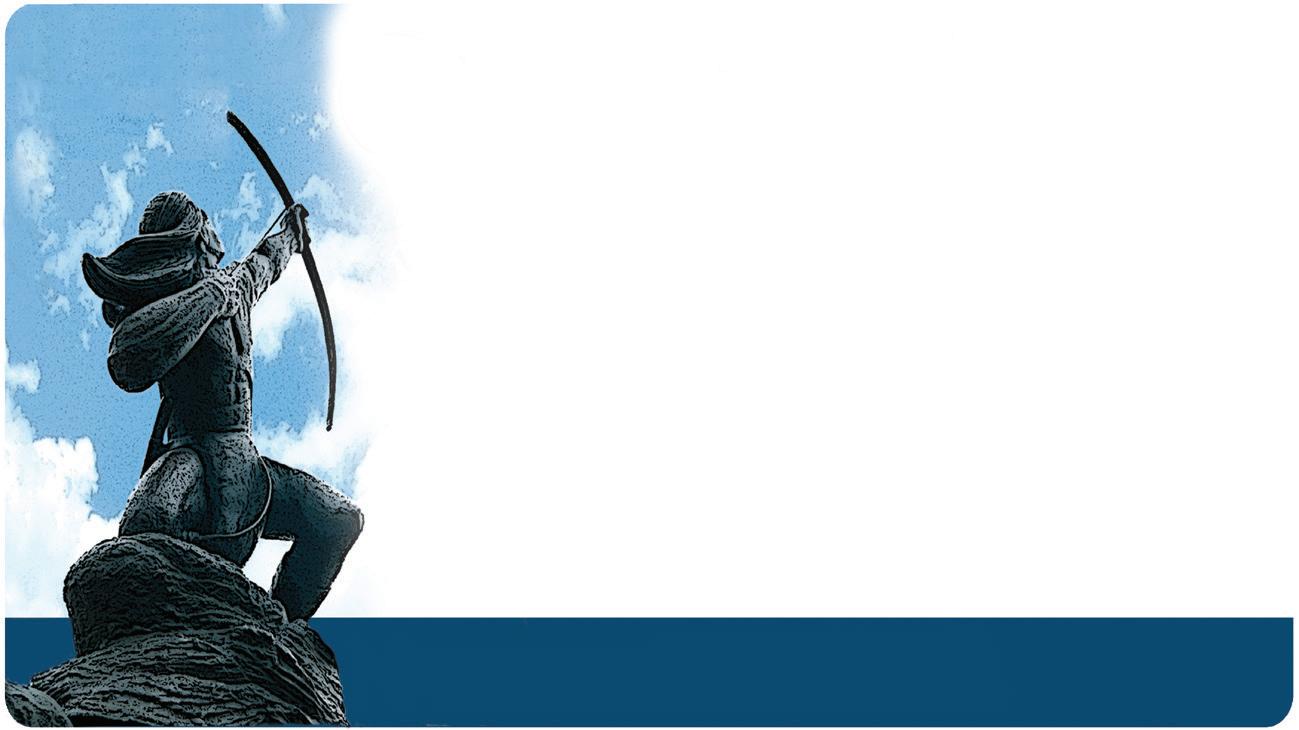



SUGAR & MOOD: HELP KIDS STAY BALANCED ON HALLOWEEN NIGHT
Halloween is a time of fun, costumes and candy, but for many parents, it can also mean sugar highs, crankiness and bedtime battles.
The good news?
With a little planning, you can help kids enjoy their treats while avoiding major meltdowns. When kids eat a lot of sugar all at once, blood sugar rises quickly, giving them a burst of energy (the “sugar high”). Soon after, blood sugar drops, which can lead to irritability, fatigue and tears.
The key to avoiding this rollercoaster is to balance candy with real food before and after trick-or-treating. Start Halloween night with a protein-rich dinner — grilled chicken, tacos or a bean-and-veggie chili — paired with some complex carbs like sweet potatoes or brown rice.
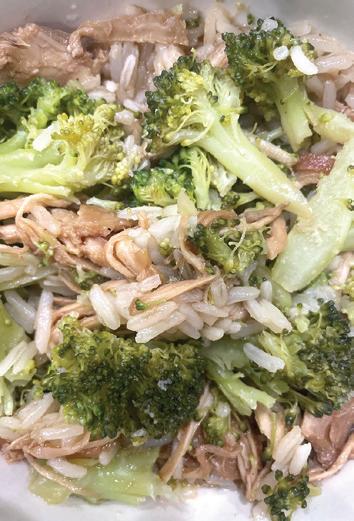
Ingredients:
2 lbs chicken breast
1 cup liquid aminos
½ cup honey
¼ cup hoisin sauce
1 Tbsp rice vinegar
This helps slow down how quickly sugar is absorbed, keeping energy steadier. During trick-or-treating, bring along a water bottle. Staying hydrated can prevent some of the headaches and fatigue that can come with too much sugar.
Once the candy is collected, let kids choose a few of their favorites to enjoy that night. Store the rest and offer one or two pieces after balanced meals in the days that follow. This creates a healthy relationship with treats and prevents a big sugar overload all at once.
Halloween is meant to be fun, and with a little planning, you can keep the joy while avoiding the crash. A good meal, plenty of water and mindful candy portions help kids enjoy the holiday without turning into little “monsters” by bedtime.
On Halloween night, have the below crockpot meal ready to go before heading out.
Crockpot Shredded Honey Garlic Chicken
1 Tbsp toasted sesame oil
6 – 8 cloves of garlic
1 tsp sesame seeds
¼ tsp black pepper or to taste
Directions: Grate or dice the garlic. In your slow cooker, add the chicken, liquid aminos, honey, hoisin sauce, garlic, rice vinegar, toasted sesame oil and pepper. Stir until well combined. Cook in the slow cooker for 3-4 hours on high or 6-7 hours on low. If able to, flip the chicken breast over when it is halfway cooked. Once fully cooked, shred the chicken. Serve with rice and a vegetable and top with sesame seeds.
Nutrition Information per Serving (does not include rice)
Makes: 8 servings
Calories 280
Total fat: 6g
Saturated Fat: 1g Cholesterol: 97g
Sodium: 2,133mg Carbohydrates: 21g
Dietary Fiber: .25g Protein: 39g
Nutrition 101: When balancing out this meal make sure to add in that ½ plate of vegetables. Preferably make your vegetables without a sauce or a high salt seasoning since there is already a lot of sodium in this recipe. Most of our sauces are pretty high in sodium so we have to pay attention to what we are adding with it. It is also helpful to make your full day come from real food, not processed food that is also high in salt. This gives us room to use yummy sauces at dinner that are a little higher in sodium.
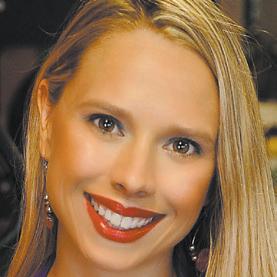
Andrea Beck, a registered dietitian and personal trainer, received her master’s degree in nutrition and dietetics from the University of Central Oklahoma in Edmond. She offers personal training and nutrition education through an online platform, StrongHER along with functional nutrition and labs through Laser Focus. For inquiries, visit strongherwithandrea.com, or the Facebook page, Nutrition and Exercise 101 with Andrea.



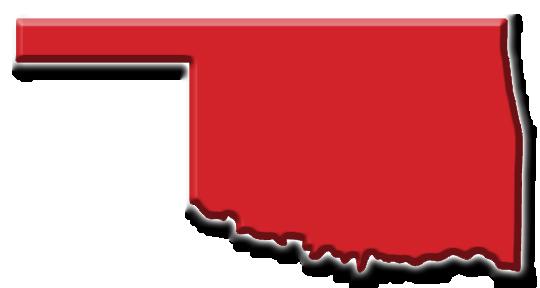

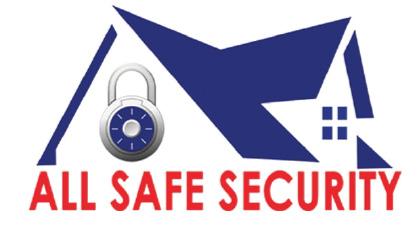
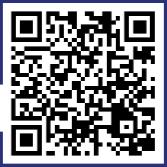

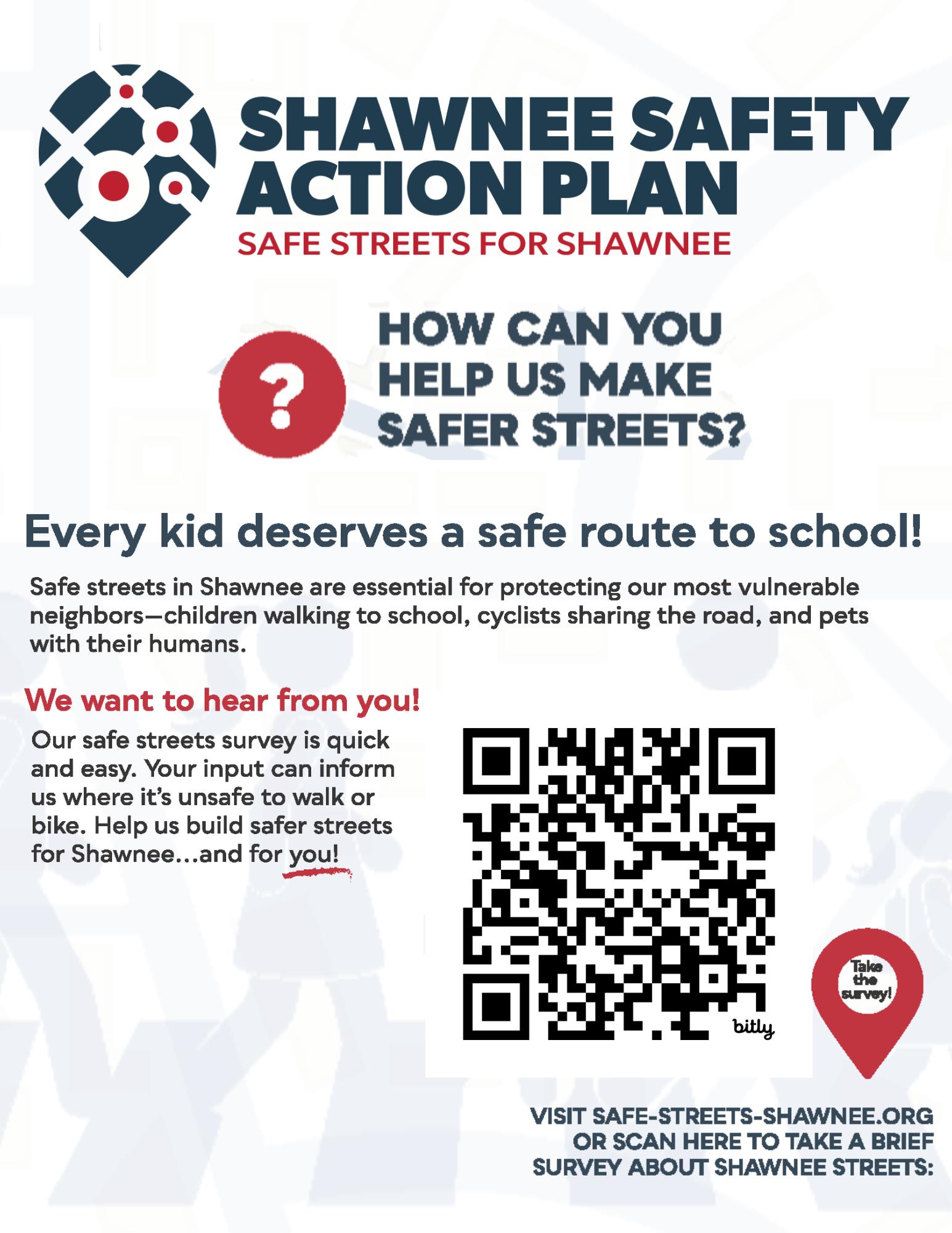

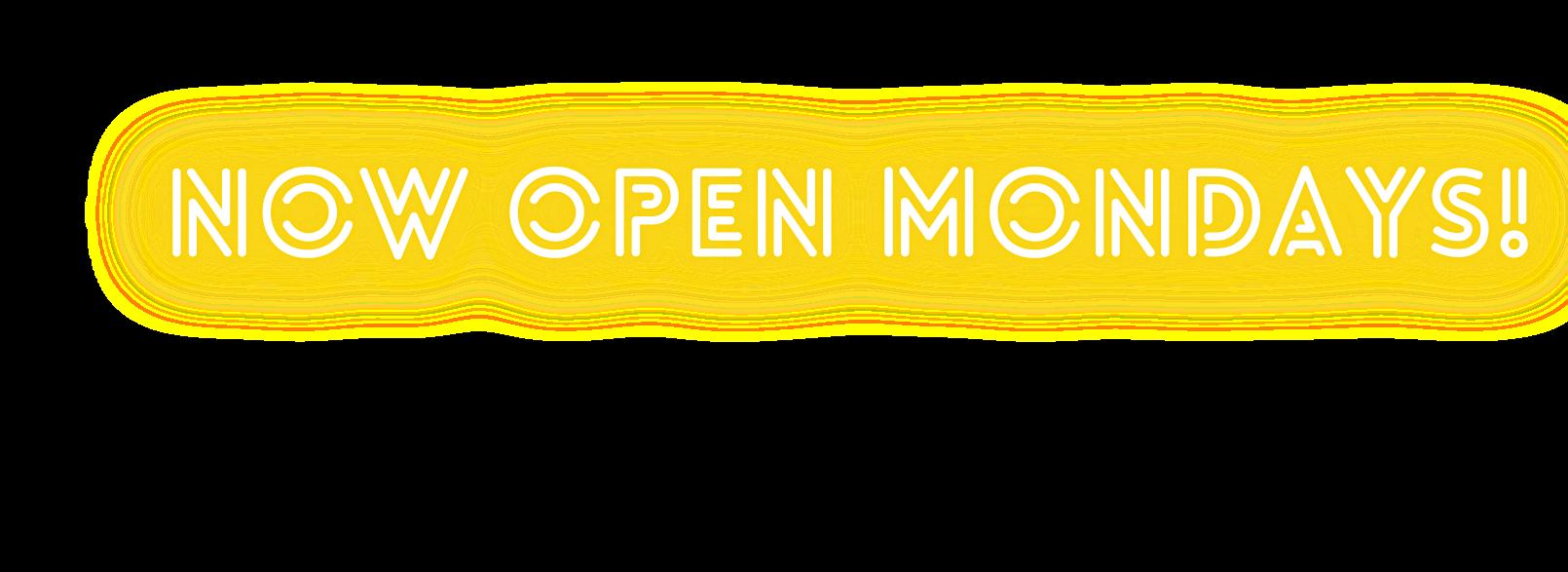



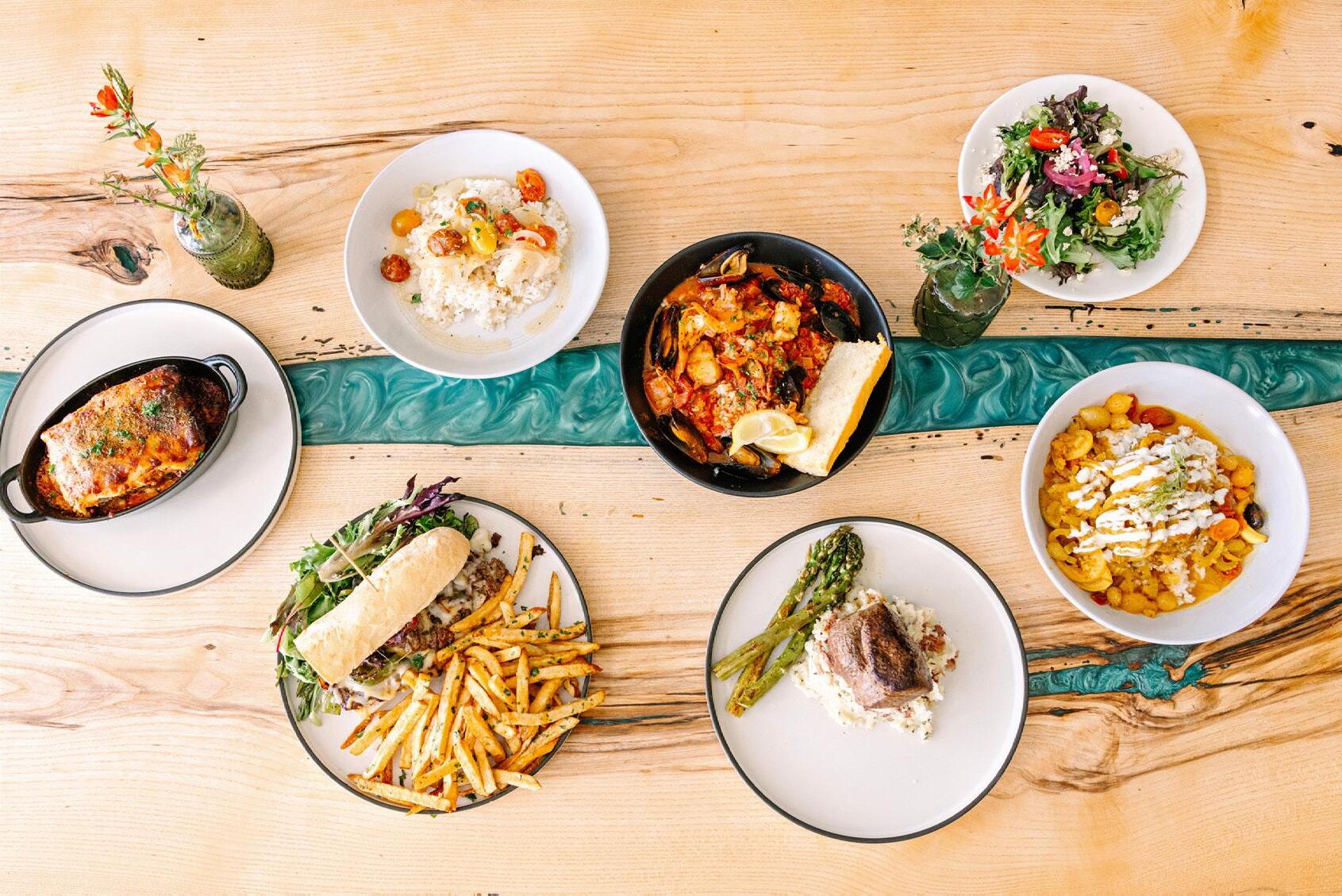
art of the matter
I FALL COLORS
Nature
Provides Pigments, Inspiration For Artists Since Dawn Of Time
SUBMITTED BY DELAYNNA TRIM, CURATOR OF COLLECTIONS MABEE-GERRER MUSEUM OF ART
don’t know about you, but I can’t wait for the leaves to start changing colors. Images like this painting by Fr. Gerrer remind me of cool, fall evenings (all three of them we get here).
Thinking about color, did you know that artists have used a wide variety of materials to create pigments over the years? The colors for the cave paintings in places like Lascoux, France came from ochre for the browns and reds as well as charcoal for the black.
The cochineal insect from Mexico and South America creates a deep red color that was used to create the pigment carmine. Mesoamerican peoples in southern Mexico started using the cochineal bug as early as 2,000 BC. When the Spanish conquistadors invaded Mexico, they discovered this beautiful red dye made from insects and started to ship it back to Spain by 1523. It was during the Baroque period that red dye from the cochineal insect became the most popular red pigment for artists like Rubens and Caravaggio. Prior to that time, Rubia root from the madder plant was used to create reds, oranges and pinks. Brazilwood was also used to create red dye.
The blue stone lapis lazuli was crushed to create the pigment ultramarine. In ancient times, it was more expensive than gold. Lapis lazuli is found in Afghanistan, but thanks to the Venetian ports, it was sent across Europe. Often it was used to create Virgin Mary’s blue cloak. Ultramarine was used by many Renaissance painters like Masaccio and Perugino and later by artists like Vermeer. The turban of the “Girl with a Pearl Earring” is painted with a mixture of ultramarine and lead white with a thin glaze of pure ultramarine over it. Today, ultramarine is created synthetically.
Lead white is basic lead carbonate, a chemical compound that occurs naturally in the mineral hydrocerussite. Hydrocerussite was mined in southern Europe, Mesopotamia and Egypt as early as 4,000 BC.
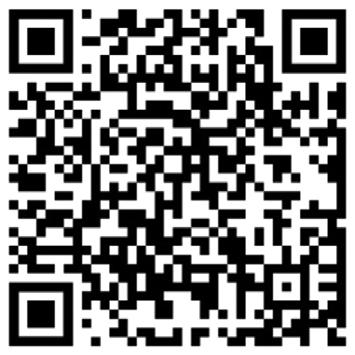
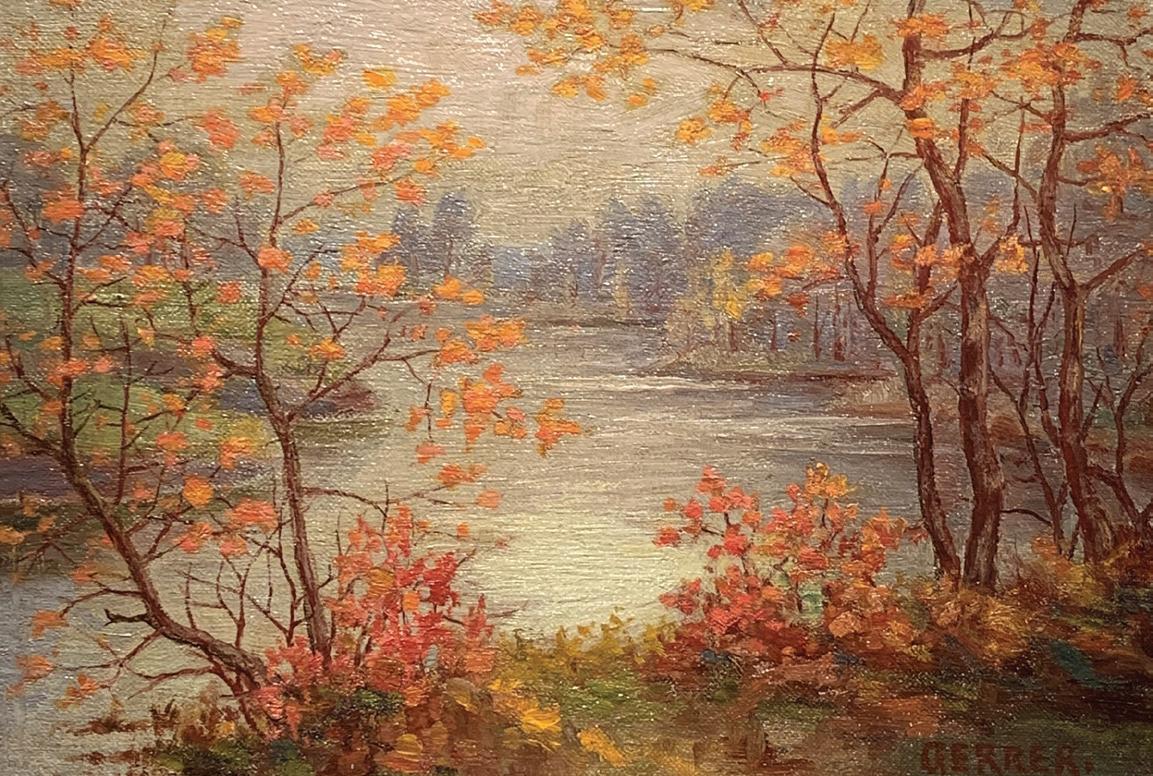
“Five Islands” by Fr. Gregory Gerrer celebrates autumn’s colors using a variety of pigments, which artists have drawn from many sources in nature since earliest recorded history.
manufacturers Wilhelm Sattler and Friedrich Russ in Schweinfurt, Germany for the Wilhelm Dye and White Lead Company to replace Schele’s green. Paris Green was used by Paul Gauguin, Vincent Van Gogh and Claude Monet.
Create your own natural dyes and more colorful art activities at https://www.mgmoa.org/art-projects or scan the QR code.
*Some aspects of this project need to be completed by an older, responsible child or adult.
Color options:
Yellows: Turmeric, carrots, saffron, dandelions
Reds/Pinks: Beets, raspberries, pomegranate
Purples: Red cabbage, blueberries, black beans
Greens: Spinach, kale, parsley
Browns: Coffee, cinnamon, walnut hulls, black tea
Making the Dye:
1. Chop: Chop the chosen fruit, vegetable or spice into small pieces to help release the pigment.
Scan this code to visit the Mabee-Gerrer Museum of Art’s athome project page.
Lead white was used by the ancient Egyptians, Greeks and Romans. Chalk, powdered eggshells, oyster shells and calcined deer horn were also used to create white pigment. Lead can be very dangerous if ingested. Some experts suspect Caravaggio and Goya to have suffered from lead poisoning.
Paris green and Schele’s green were both discontinued due to their arsenic content. Scheele's green was invented in 1775 by Carl Wilhelm Scheele. In 1814, Paris green was invented by paint
2. Boil: Place the chopped material in a pot, add enough water to cover it and bring to a boil.
3. Simmer: Reduce the heat and let the mixture simmer for about an hour. The longer it simmers, the more concentrated the color will be.
4. Strain: After simmering, strain the dye through a fine-mesh strainer or cheesecloth to remove all the solid pieces, leaving you with a liquid dye.
5. Cool: Let the dye cool down before use. You can dye anything from fabric to eggs to paper.
S
over the fence
WE CARE.
Slogan’s Intentional Punctuation Emphasizes Unconditional Care
BY BRANDON DYER, EXECUTIVE DIRECTOR COMMUNITY RENEWAL OF POTTAWATOMIE COUNTY
Afew years ago, I was giving a presentation to a group of amazing folks who serve our community with great passion and drive — the kind of people whose very lives display the heart of our organization’s mission: We Care.
It was one single point of emphasis that changed everything for one of these incredible people.
I was painting an overview of the mission of Community Renewal and our purpose for existing. Social connection is the backbone and foundation of any community. It is a city’s bedrock. However, despite modern conveniences that would seemingly make connection easier — social media, text messaging, etc. — the research indicates that each successive generation is lonelier than the last. So much so that our former surgeon, Dr. Vivek Murthy, said a few years ago that loneliness is our nation’s number one public health epidemic; a jaw dropping revelation for most of us.
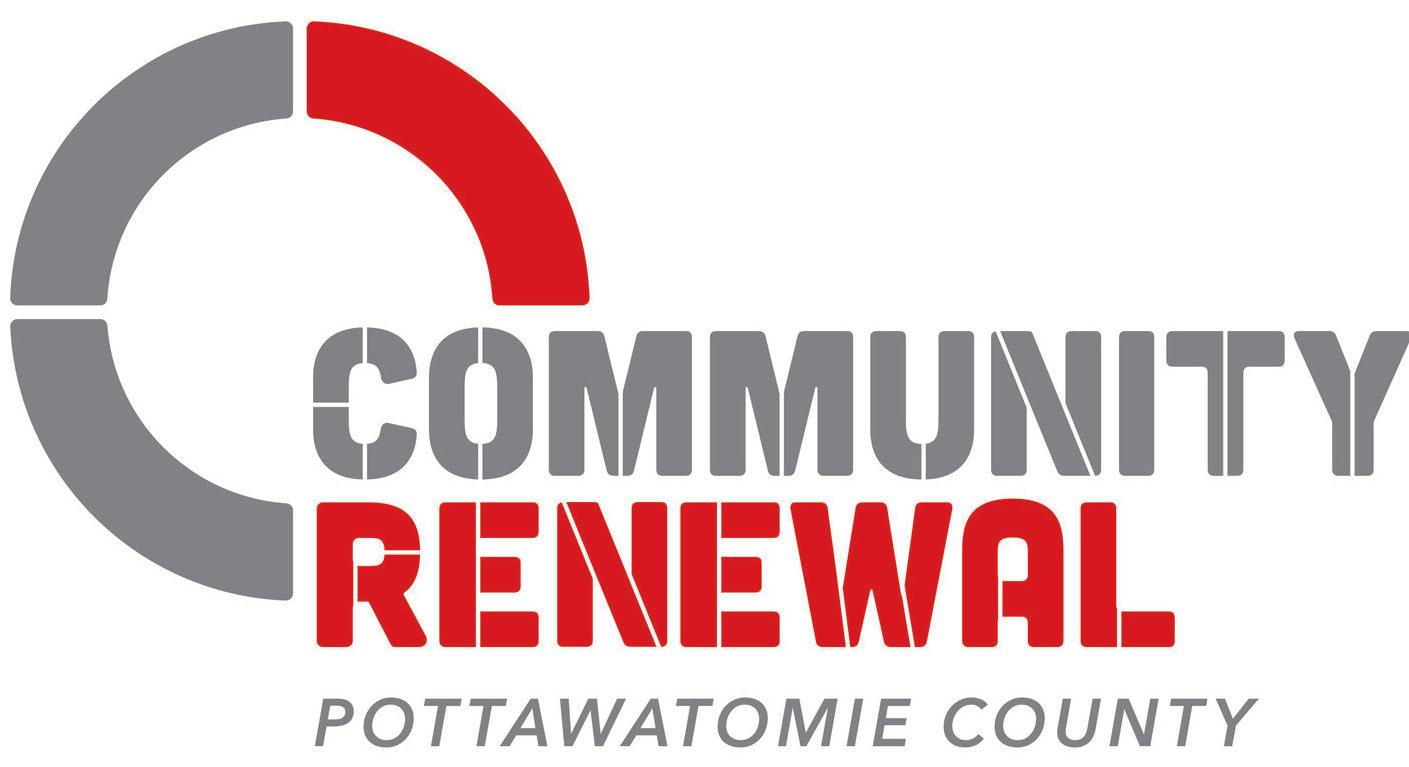
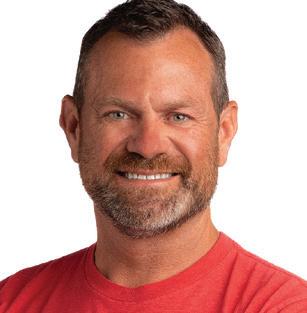
Dyer
That’s not what most caught the attention of a lady attending my presentation.
I went on to explain that this epidemic is quite treatable. In fact, it is reversible. If each person would access and deploy an inherent gift that virtually all human beings possess, we could stem the tide of social disconnection and rebuild strong foundations for our communities. That gift is the gift of caring. Each human carries the capacity to care for other human beings. It is what unites us at our core. It is what compels us to help in times of crisis. We care.
The wonderful woman at the presentation had seen our signs around town. She knew our slogan was “We Care.” She thought it was nice, but the most important point of emphasis had escaped her until this very moment.
“It’s not just We Care. It’s We Care (period),” I said.
Her eyes lit up.
I went on, “It’s not we care ‘if’ you look like me or talk like me or vote like me. It’s We Care (period).”
That’s when she got it. The period is intentional. The period changes everything. For her the period transformed the slogan from a warm fuzzy to the perfect expression of who she wanted to be.
Each of us can feel in our bones that we need a better world than the one we have. We need a better world than the one we are soon to pass off to our children and grandchildren. Our opinions do not have to define us or label us. Our opinions do not have to make us enemies. Opinions are critically important, but people must always be more important than our opinions. We will have the world we want when we first recognize that every life is precious and deserving of our kindness and then direct our attitudes and actions to reflect that fundamental principle.
Oh sure, there will be days when our attitudes and actions won’t reflect these fundamental principles that ought to govern our lives. We will all have days we will wish we could do over. It’s been true in my life more times that I would care to admit and perhaps for you too.
Let’s be generous with each other. Let’s forgive. Let’s assume the best in someone’s actions or comments. Let’s accept our neighbors, our coworkers, our family as human beings deserving of our kindness first. We can sort the rest out later.
It’s We Care (period).
S

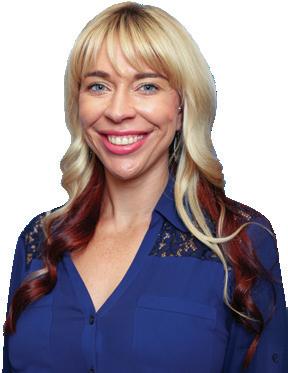
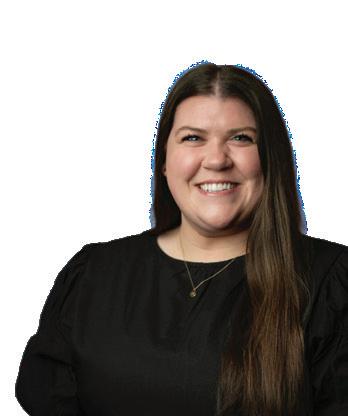
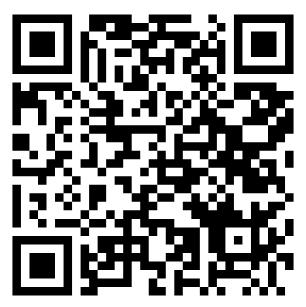
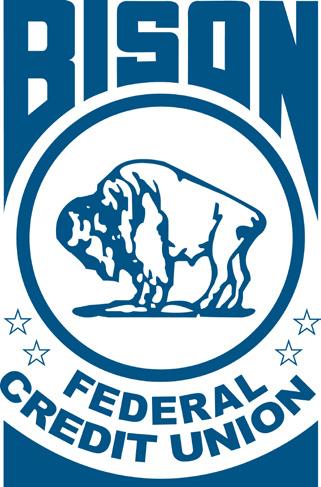
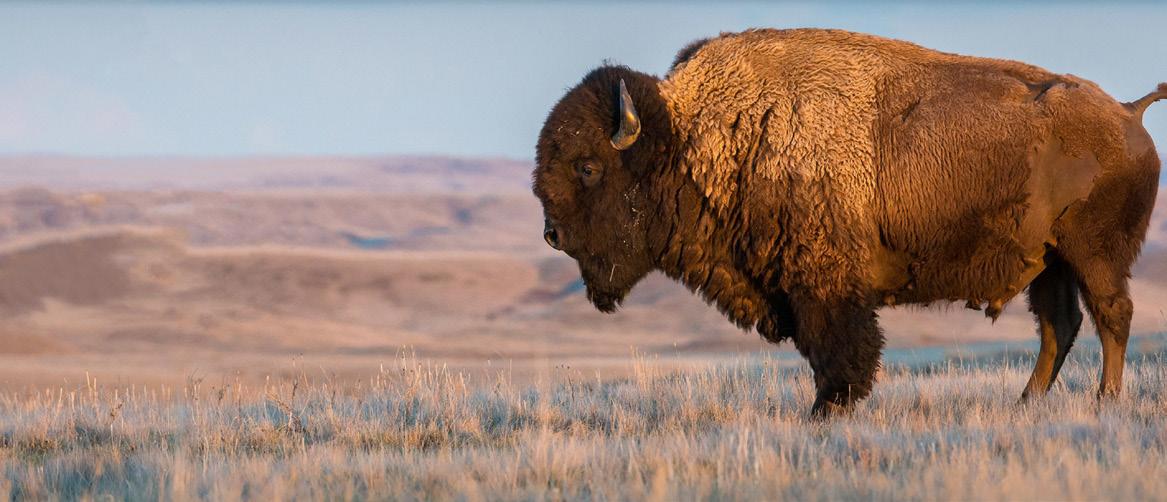
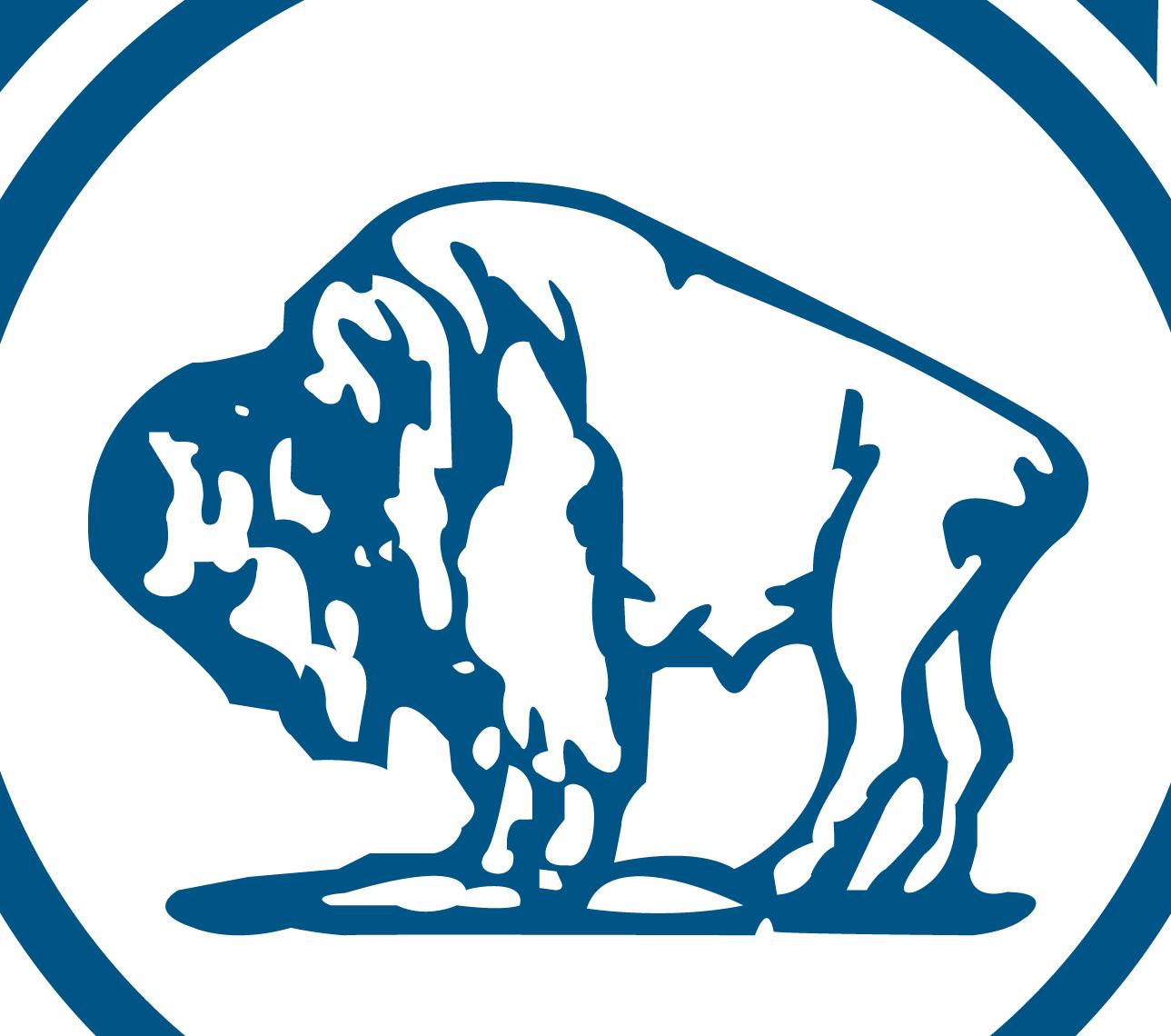


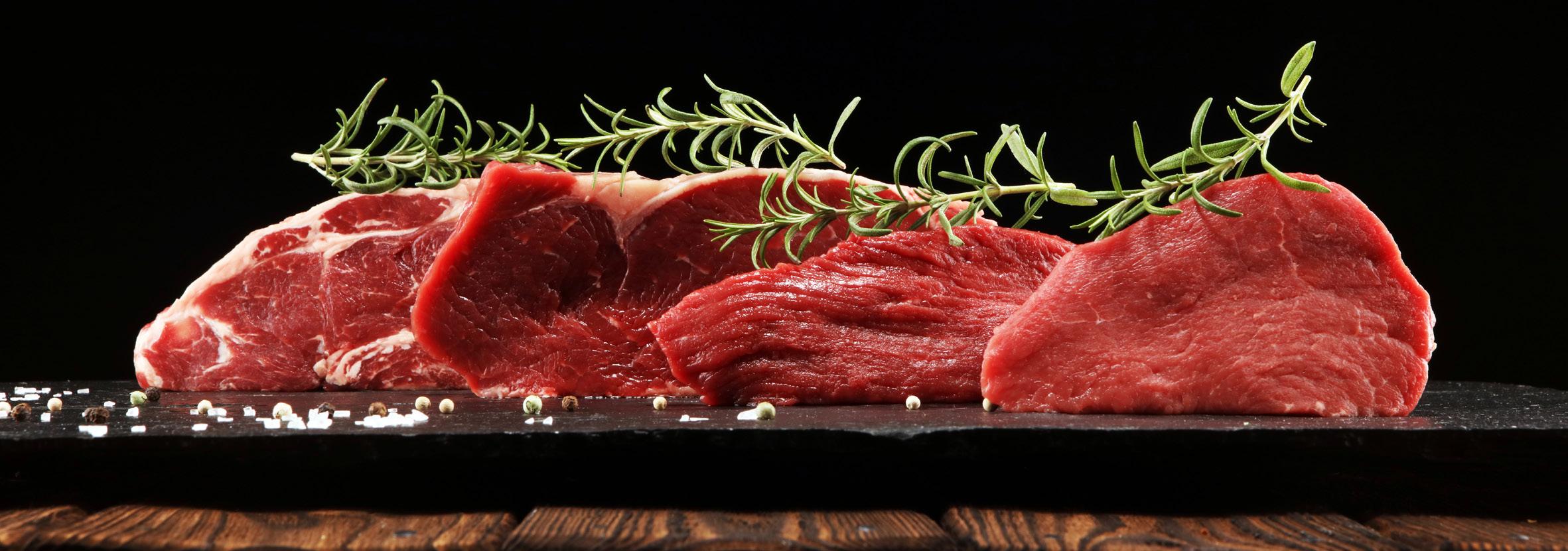
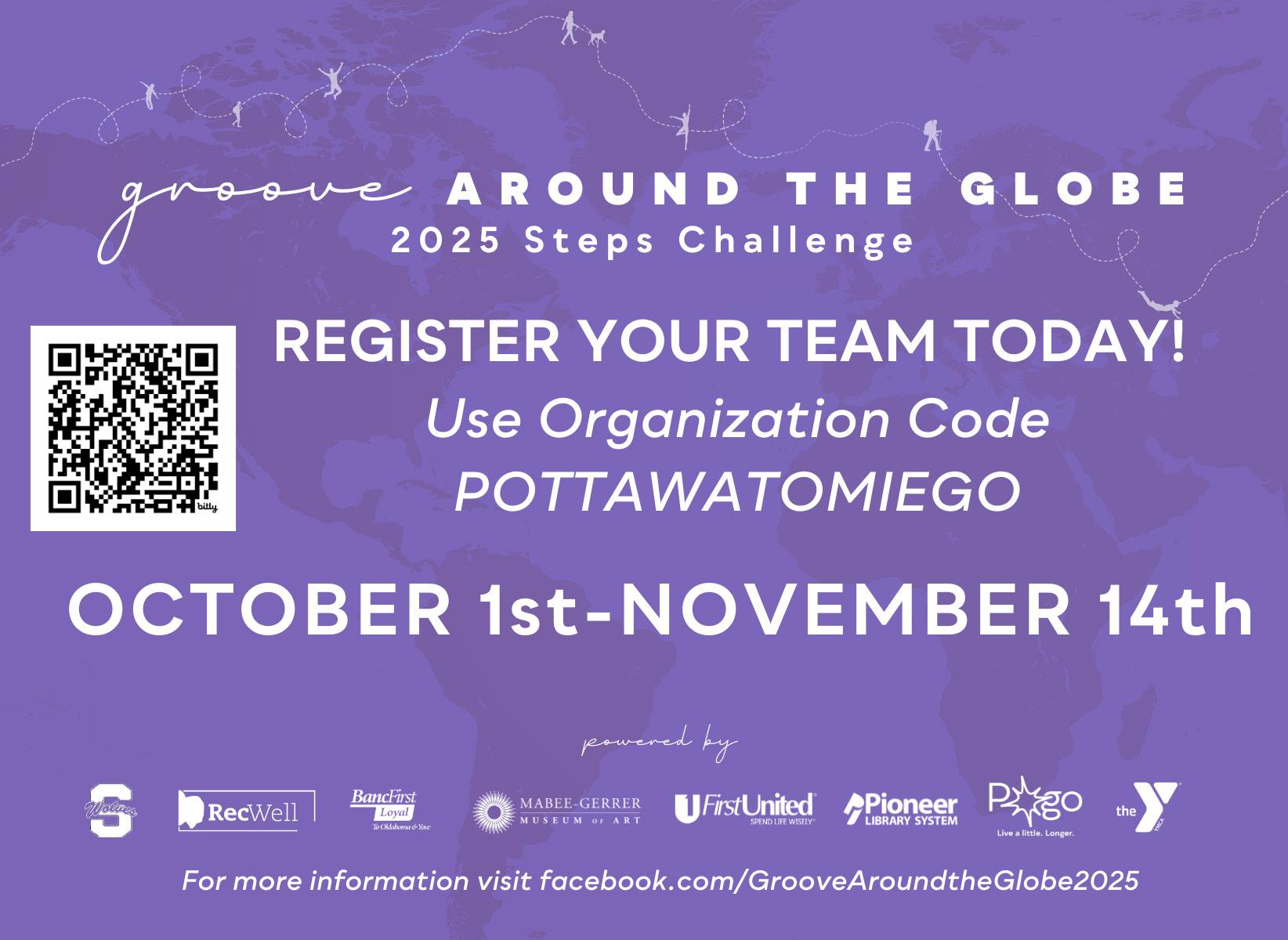

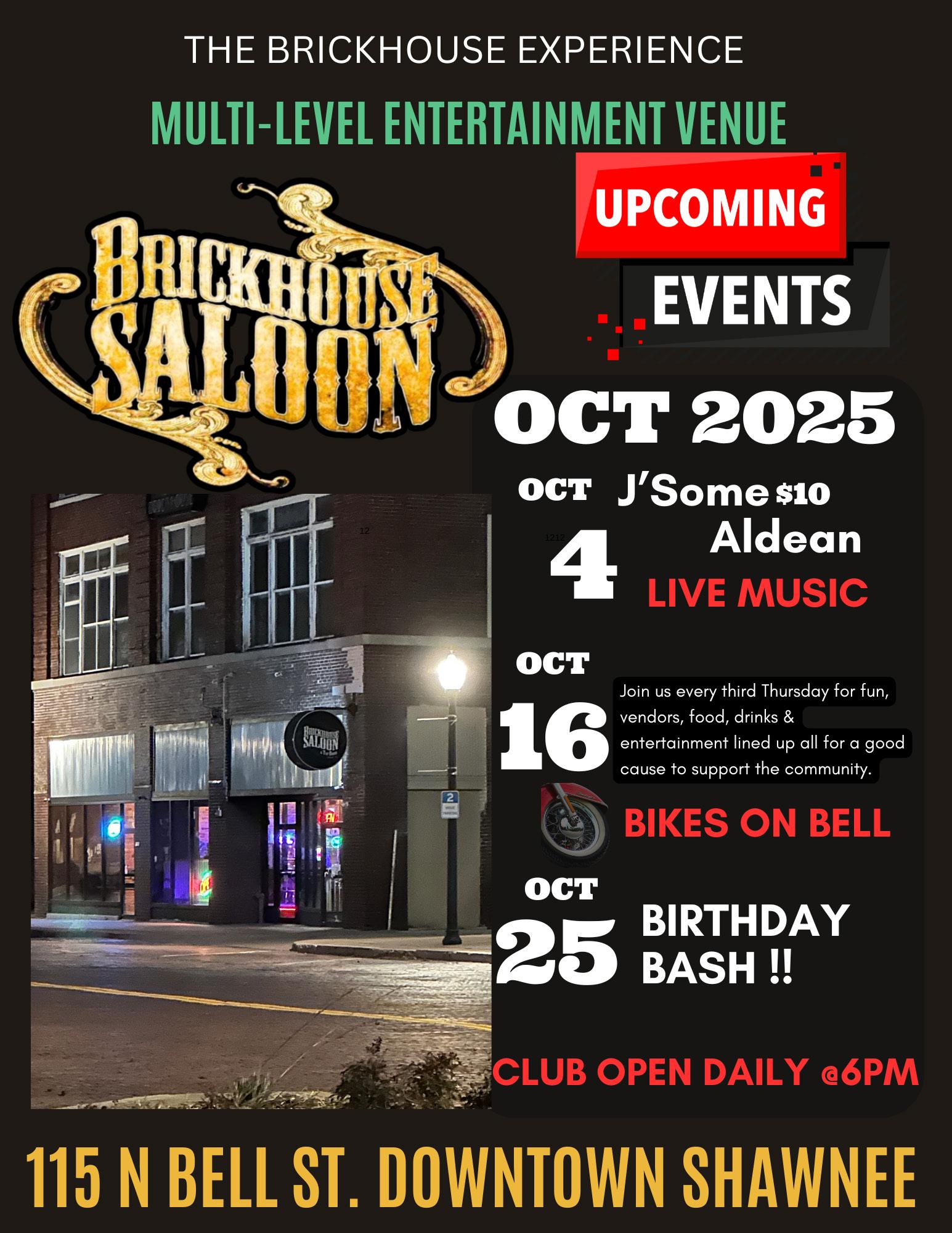
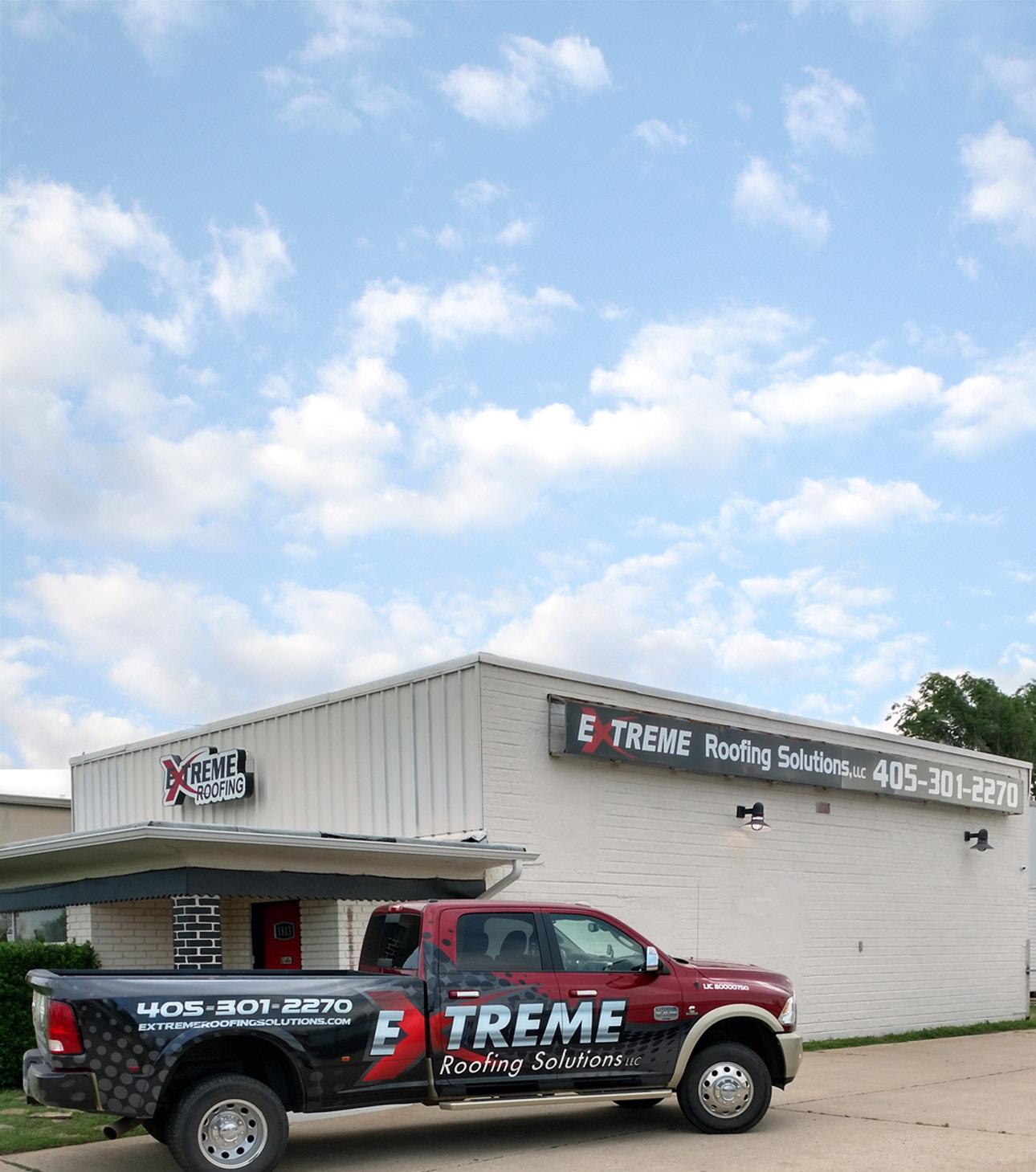
TRUE COLORS
House Of Hope To Host Fun Run For Domestic Violence
Awareness Month
SUBMITTED BY CITIZEN POTAWATOMI NATION HOUSE OF HOPE
The Citizen Potawatomi House of Hope will host its annual Color Fun Run event at 9 a.m. on Oct. 11 at CPN Festival Grounds at 1702 S. Gordon Cooper as it marks the arrival of National Domestic Violence Awareness Month.
The monthlong observance has its roots in a 1981 “Day of Unity” conceived by the National Coalition Against Domestic Violence to help connect those working to end violence against women and their children across the nation.
Maya Angelou offered great advice with her statement, “When someone shows you who they are, believe them the first time.”
If you were able to remove the emotional connection with a person, these would be easy words to follow. However, love seems to skew our vision and makes it difficult to truly see the wolf in sheep’s clothing.
Intimate relationships are complex and often complicated. When you add abuse to the mix, the ability to differentiate between reality and manipulation becomes difficult and can cause individuals to become “entrapped in a world of confusion, contradiction, and fear.”
If domestic violence were more simplistic and easier to spot, fewer people would find themselves ensnared by its grip. Unfortunately, 24 people per minute become victims of abuse by an intimate partner in the United States, according to the National Domestic Violence Hotline. This equates to 1 in 4 women and 1 in 7 men experiencing violence from an intimate partner in their lifetime.
To prevent abuse from happening in a relationship, everyone must first understand what abuse is. There is a serious misconception that abuse is only physical. This is far from reality.
There are many tactics used to gain power and control by abusive partners.
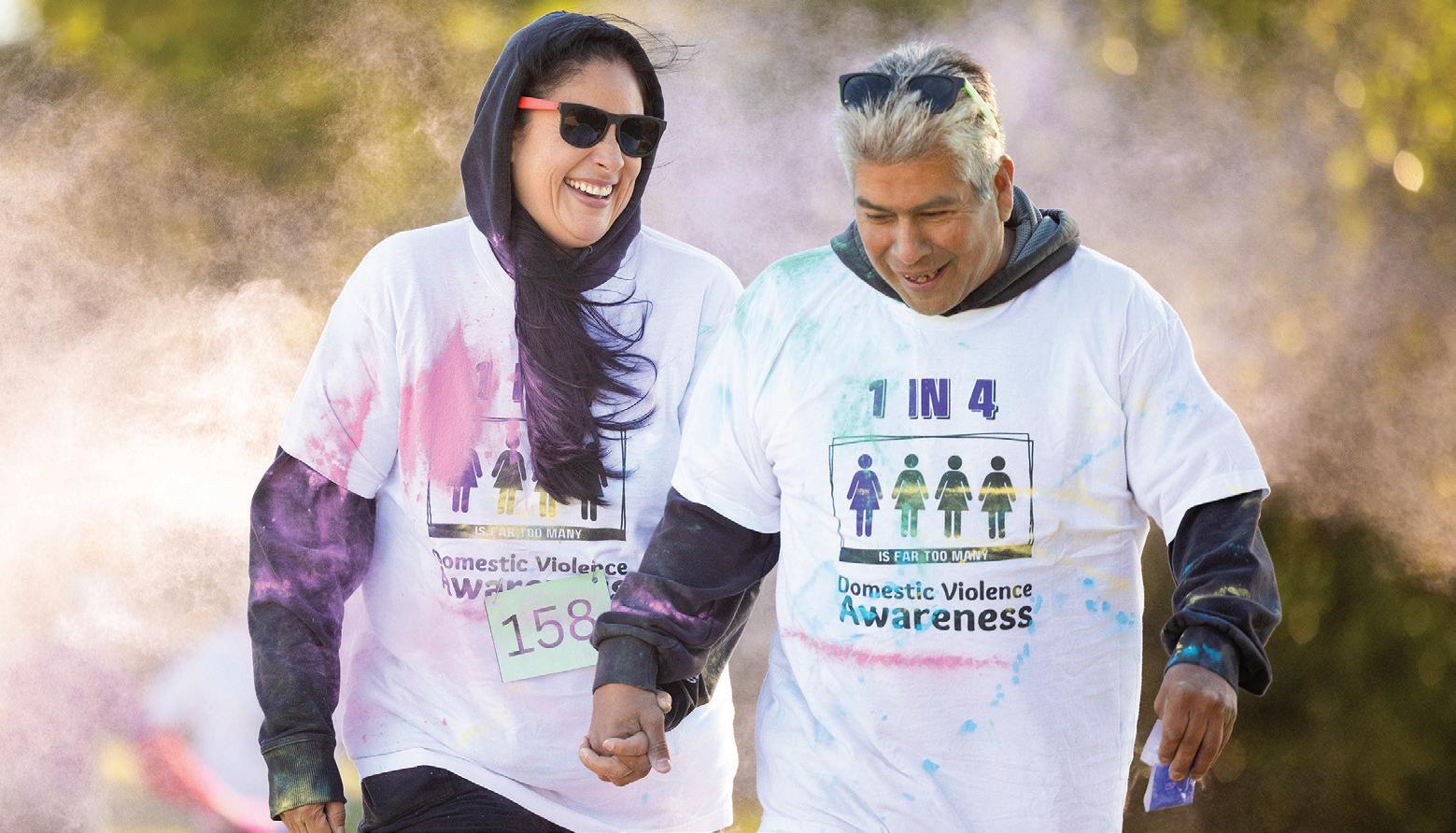
It’s important to understand what those tactics look like and how they can be used. Beyond October, House of Hope works throughout the year with free assistance to any individuals — Native or non-Native — who have experienced intimate partner violence, sexual assault and stalking that reside in Citizen Potawatomi Nation tribal jurisdiction and neighboring communities with the goal of stopping the cycle of abuse.
Though the organization does offer an emergency shelter designated for women and their children seeking safety as a result of sexual assault, intimate partner violence and stalking, their services also extend to include victim advocacy, crisis intervention and parenting education.
The victim advocacy service assists victims with crisis intervention, safety planning, locating emergency shelter, referrals to tribal and community resources and providing emotional support and encouragement. House of Hope can provide court advocacy and help obtaining emergency protective orders and offering support in other court proceedings.
Though House of Hope’s services are not only for tribal members, statistics
show Native American women are subject to a higher rate of violence than any other ethnicity, according to the United States Department of Justice reports. Some figures show that about 84 percent of Native American women experience violence during their lifetime.
Reaching out to young people in the community is also a key focus for House of Hope as many statistics show that those growing up around abuse will likely fall into the same patterns as adults. Education among youth is crucial to stopping domestic violence’s generational legacy.
The CPN House of Hope is here to help anyone actively experiencing abuse in their intimate partner relationship. There are a variety of services that are available for individuals who find themselves experiencing the abuse tactics listed above. Those services are completely free and 100 percent confidential.
If you or someone you know is experiencing domestic violence, sexual assault and/or stalking and would like more information, please contact the House of Hope at (405) 275-3176 or visit www.cpnhouseofhope.com.
ANNUAL REVIEW
Plan Shopping Crucial During Medicare Enrollment Period In Face Of Proposed Funding Cuts
BY DAVID DINSMORE

His name was Glenn, and he had been working at the University of Oklahoma Medical Center for more than 50 years.
When he was eligible, he signed up for Medicare benefits and continued to enroll in benefits through his employer as well. So when he had a couple of surgeries recently, he was surprised to receive medical bills showing that neither had paid.
That’s when Glenn saw a magazine ad for Navigating Medicare and contacted Ryan Busler about whether he needed to change or add something to all of the coverages he already had.
“We got on the phone with Medicare together and found out there was a coordination of benefits that needed to be completed,” Busler said.
Essentially, Glenn needed his Medicare to link to his work benefits for his claims
Local agents like Ryan Busler with Navigating Medicare help people understand the sometimes complicated structure of their Medicare coverage just like Glenn – a 51year health care facility employee who was facing thousands of dollars in medical bills until Busler helped Medicare coordinate with his employer benefits to get them covered. Visit navigatingrx.com or call (405) 842-0494 for more information. — Photos submitted
to pay out correctly, and Busler helped him walk through that process so that his benefits could cover the bills as expected.
As Glenn was getting ready to leave their meeting, he asked what he owed Busler for helping him straighten out these issues.
“We don’t charge for this,” Busler told him.
The relief that showed in the tears in Glenn’s eyes was just one recent example of what makes it worth sifting through the mountain of data and details about Medicare coverage changes every year leading up to the open enrollment period, which begins Oct. 15 and goes through Dec. 7, Busler said.
And this year, it’s perhaps even more important than in previous years for new and existing Medicare enrollees to really pay attention to their benefits for next
year and to work with someone they can trust to find the right solution for their needs, Busler said. With approved legislation proposing a trillion dollars in cuts to Medicare and Medicaid funding expected over the coming years, coverages, premiums and other elements of Medicare plans have already begun to prepare for these changes based on what is going to be offered in 2026.
“There’s definitely a reduction in benefits,” Busler said. “We are seeing an increase in Part B premiums and deductibles and Part A deductibles.”
Each plan recipient really studies their annual notice of change that comes from their current plan, and most generally receive it in late September. Busler said this year specifically that planholders need to go through the details of what changes are coming in their plan next
year and make sure it will still work for their health needs. Particularly, there is an anticipated increase in some of the copays while maximum out of pocket costs may remain fairly stable.
“You have to look at how you use your plan,” Busler said. “Most of the plans are going to take a little bit of a hit this year, but some of them are going to take a huge hit. So the question is how your plan looks.”
Those who have “medium usage” of their plan every year really need to make sure they are getting the best option and probably need to shop around more this year, Busler said.
While the predicted changes are often viewed from a national perspective — with some estimates showing a 12 percent increase in premiums — every community could be looking at different benefits and challenges at a local level. Busler said that is why it is crucial that Medicare recipients work with someone in their community who knows the landscape of the health care system and coverage options.
For instance, there has been more emphasis on strategies that require recipients to meet particular criteria to qualify for certain benefits within a plan, Busler said. Some examples are chronic special needs plans that in Oklahoma would require a recipient to have a condition like heart disease or diabetes to qualify for some of the benefits that people may hear about on national television commercials. In the past, these benefits extended to most lowincome qualifiers, but now there may be documentation requirements – such as a survey, medical record or claims review – to identify a chronic illness to continue receiving them.
“You still have the same plan, but you may not have the same access to those benefits,” Busler said. “When people have a benefit that they’ve gotten for years, and now it’s taken away, that can be hard for them.”
Understanding the nuances of the plan options and matching them with the needs of those receiving them requires an in-depth understanding of each person’s
If you are a current member of a UnitedHealthcare plan, you’re invited to a special meeting just for members. Stay informed and learn what’s new with your plan.
Oct. 11, 2025
10 a.m. & 2 p.m.
Shawnee Senior Center
401 N. Bell Ave., Shawnee, OK 74801
specific circumstance, and that’s not something easily achieved via a phone call or online chat. Busler said there are numerous times in his conversations as he sits down each year with clients where something unexpected comes up on either his or their side that helps clarify what would be best for them in the coming year.
In addition to his one-on-one meetings with plan seekers during enrollment, Busler also works to meet with groups to discuss the details of how different types of plans work and things planholders need to keep in mind.
For instance, companies that offer Medicare advantage plans are essentially subcontractors for the federal program that are required to spend 85% of the funds they receive from Medicare on benefits, claims payments, and other health-related requirements. However, they all can choose what that mix looks like and how those get allocated to a certain extent.
One way this has shown up is in these advantage plans offering a Part B premium giveback, which for planholders, shows up as a reduced Part B premium or a higher amount in their Social Security check depending on their situation.
“That’s one of those things that sounds like on the surface that it’s too good to be true, but they are legitimate and are out there,” Busler said.
That said, these premium reductions could come with higher costs for benefits in other areas within the plan, so it is important for planholders to understand the ins and outs to make sure it fits their health needs.
Other considerations agents are emphasizing this year are the prescription payment plans that went into effect in 2025 but many seem to still be underutilizing. Busler said he has continued to have these conversations with his clients even almost a year since the previous open enrollment period.
For those with supplements, they can still look to change plans on or up to 60 days after their birthday for something equivalent or less coverage if what they have is not fitting their needs, Busler said. This can help some people save money if desired.
There are also options for additional coverages like accident policies or indemnity plans that can help people manage their budget by paying upfront for coverages that will help cover unexpected costs that come with a health crisis, Busler said. As copays have risen, agents have seen an increased level of interest in these types of coverages.
Though the perspective of a local agent is best suited to help clarify the differences in plans for residents, there are still telemarketing and other groups that may reach out or ask for callers to sign up for plans using their services, and Busler does emphasize caution when it comes to these services. He has some clients who have even reached out to their mobile carrier to ask for stricter spam and fraud blocking on their phone service to reduce the calls they may receive at this time of year.
“Make sure you are meeting with someone who can look at all the plans in your area with you,” Busler said. “Meet with someone you know you can trust and can go to with a question even after you’ve chosen your plan.”
For more information and a list of upcoming education events, visit navigatingrx.com or call (405) 2563342.




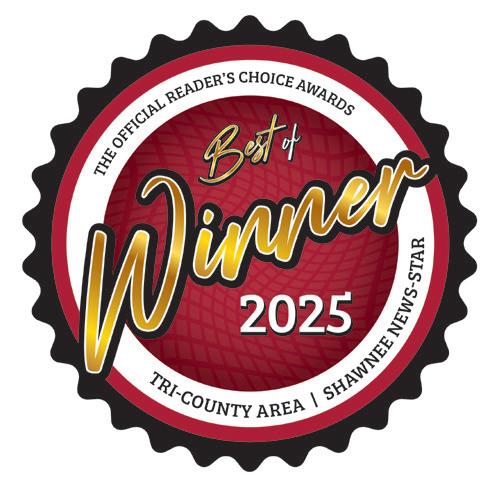
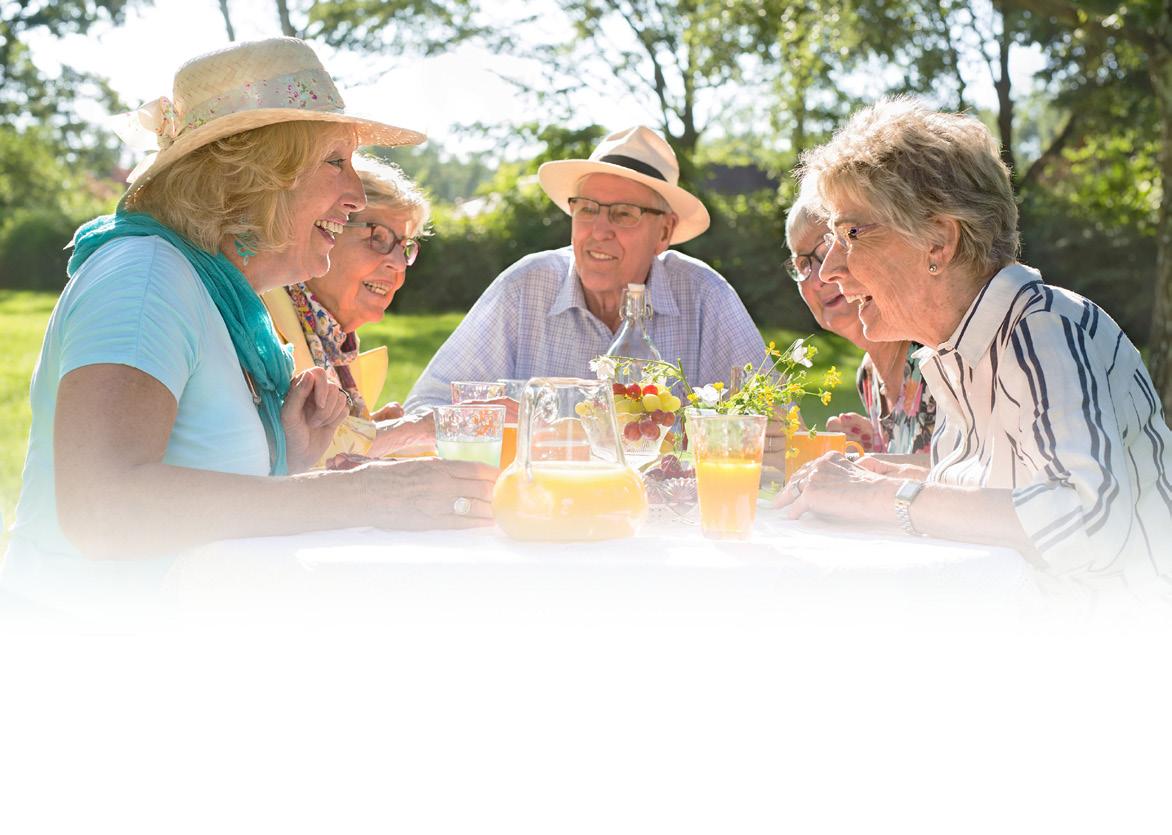
WELCOME BACK
Reopening OBU’s Fully Renovated Shawnee Hall Marks New Era On Bison Hill
SUBMITTED BY OKLAHOMA BAPTIST UNIVERSITY
Dr. Todd Fisher, executive director-treasurer of the Oklahoma Baptists, and Oklahoma Baptist University President Dr. Heath A. Thomas, visit near the Bison-themed artwork in the second-floor entry of Shawnee Hall. — Photos submitted

Shawnee Hall opened its doors in 1915 as the proud new home of a young Baptist university — built on land generously donated by the City of Shawnee. From the beginning, Oklahoma Baptist University and Shawnee have shared a bond of vision and community, a partnership that has shaped generations.
Now 110 years later — after surviving generations of change and even the direct strike of an EF2 tornado on April 19, 2023 — Shawnee Hall will boldly open again. At 10 a.m. on Oct. 24, history and the future will meet in one moment as the Shawnee community and the Oklahoma Baptist University community gather for the grand opening
of this iconic campus landmark.
The ceremony marks a milestone not only in the rebuilding of a structure but in the transformation of OBU under its ongoing Shape the Future campaign.
The building is home to the Henry F. McCabe Family School of Education, the Division of Behavioral and Social Sciences and the Marriage and Family Therapy program. It will also be the on-campus home as OBU adds health science degrees — Doctor of Physical Therapy (DPT), Doctor of Occupational Therapy (OTD), Master of Science in Speech Language Pathology (MSSLP) and Master of Medical Science in Physician Associate Studies (MMS-PA). Each program can be completed in two
years or less. Courses will primarily be taught online with portions of the program delivered in-person on the OBU campus through hands-on lab immersion experiences at Shawnee Hall.
Students and faculty will benefit from redesigned classrooms, a lecture theatre, collaborative lounges and creative learning spaces that preserve Shawnee Hall’s iconic character while preparing it to meet today’s academic needs. It is also the new home of the OBU admissions team, where they will welcome new students, families and guests to Bison Hill.
“We have not restored Shawnee Hall to what it was — we have shaped it into what it must become,” OBU President

Dr. Heath A. Thomas said. “Investing in facilities is not just about brick and mortar; it’s about creating spaces where students can thrive, dream and prepare to transform the world.”
For more than a century, Shawnee Hall’s limestone columns and classical façade anchored the heart of campus, but when the 2023 tornado tore through Shawnee, the building’s integrity was compromised.
Still, its future began even before sunrise on April 20, 2023.
Shawnee Hall has been transformed — blending historic architecture with state-of-the-art design. The first floor features modernized classrooms, upgraded offices, and open, light-filled spaces for collaboration.
On the second floor, history and artistry collide. Two 11-foot-wide wooden bison — sculpted from reclaimed Shawnee Hall flooring by Oklahoma City artist Paul Bagley — stand as powerful symbols of resilience.
A new lounge retains exposed brick from the original structure while adding modern furnishings and a faux greenery wall — ready for both casual gatherings and formal receptions. The second floor also features a high-tech lab that will anchor four new graduate health science programs.
The third floor houses a versatile 259-seat auditorium with a motorized partition, allowing the space to host lectures, guest speakers and special events simultaneously. Its advanced audio-visual systems reflect Shawnee Hall’s forward-looking mission: adaptable, inclusive and ready to support excellence.
“This is more than a building; it’s a declaration of purpose,” Thomas said. “Every person who steps into Shawnee Hall will find themselves in a space designed to inspire, challenge and equip them to live out their calling.”
Shawnee Hall’s rebirth is just the beginning. The Shape the Future
campaign will also reimagine other campus landmarks, including Thurmond Hall, Raley Chapel and Wood Science Building.
“Every aspect of the campus matters to our students and their experience of belonging,” Thomas said. “We want to create spaces where students can gather, reflect and thrive.”
For those familiar with OBU’s past, Shawnee Hall’s reopening is a reminder of who the university is — and who it is becoming. Its restored beauty and innovative function reflect a spirit grounded in faith yet unafraid to embrace progress.
As Oct. 24 approaches, anticipation builds not just for the ribbon-cutting but for what it represents. One hundred and ten years after Shawnee Hall first opened, it will open again — not as a museum piece, but as a bridge between the legacy of Bison Hill and the limitless future its students will shape.
OBU leaders said the university
The Student Center is a great place for students to relax and connect in Shawnee Hall.
is building momentum through investments in academics, campus life enhancements and facility improvements.
“In renewing Shawnee Hall, we are boldly investing in the kind of Christcentered education that doesn’t just prepare students for jobs but equips them to transform the world,” Thomas said. "This is the goal for the university's Shape the Future Campaign."
To join the Shape the Future Campaign, go to okbu.edu/giving/ shape-the-future.
With its campus located in Shawnee, OBU offers more than 80 fields of study. OBU has been rated as one of the top regional colleges and universities in the West by U.S. News & World Report for 33 consecutive years. The Princeton Review has named OBU one of the best colleges and universities in the Southwestern region of the United States for 21 consecutive years. S
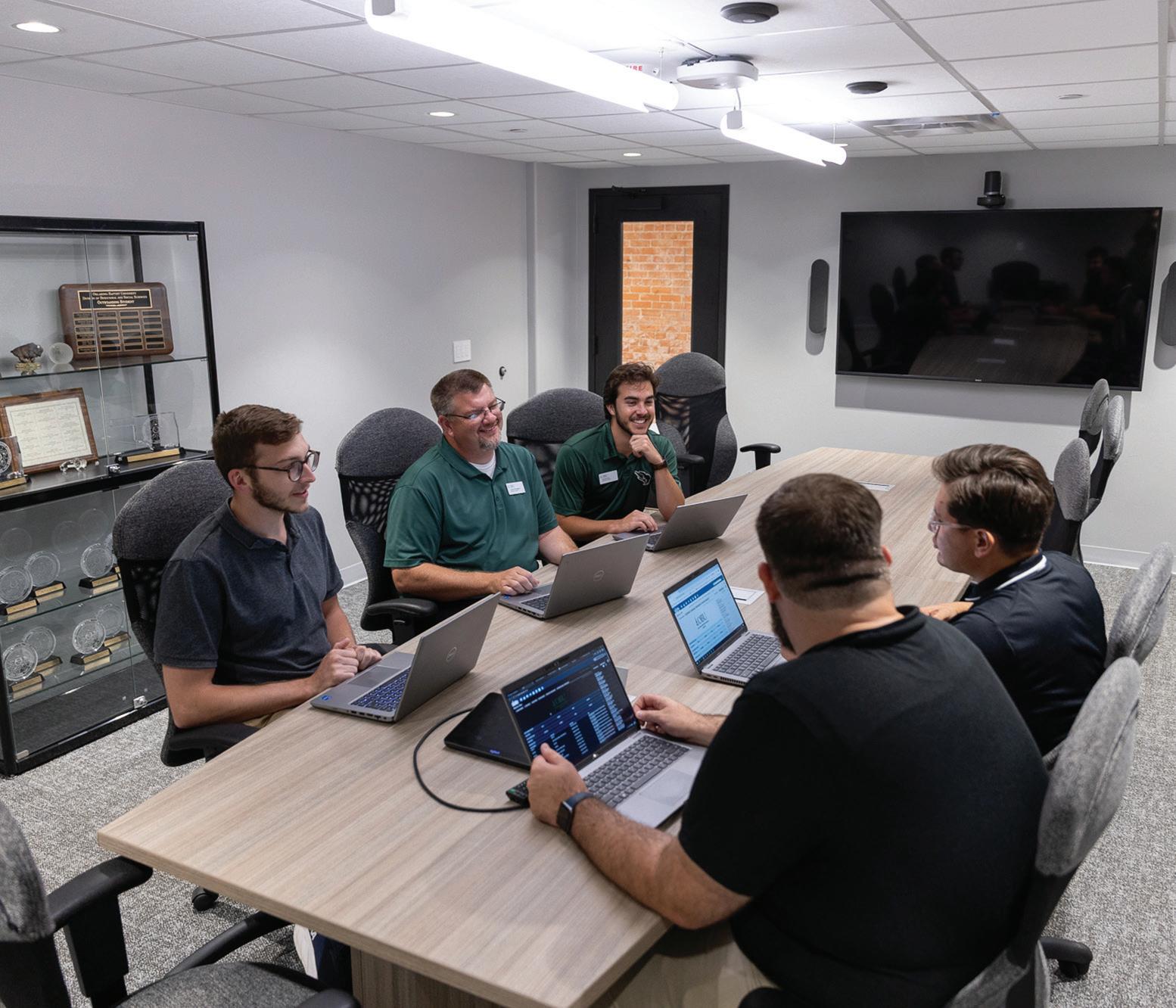
Preventing Underage Drinking
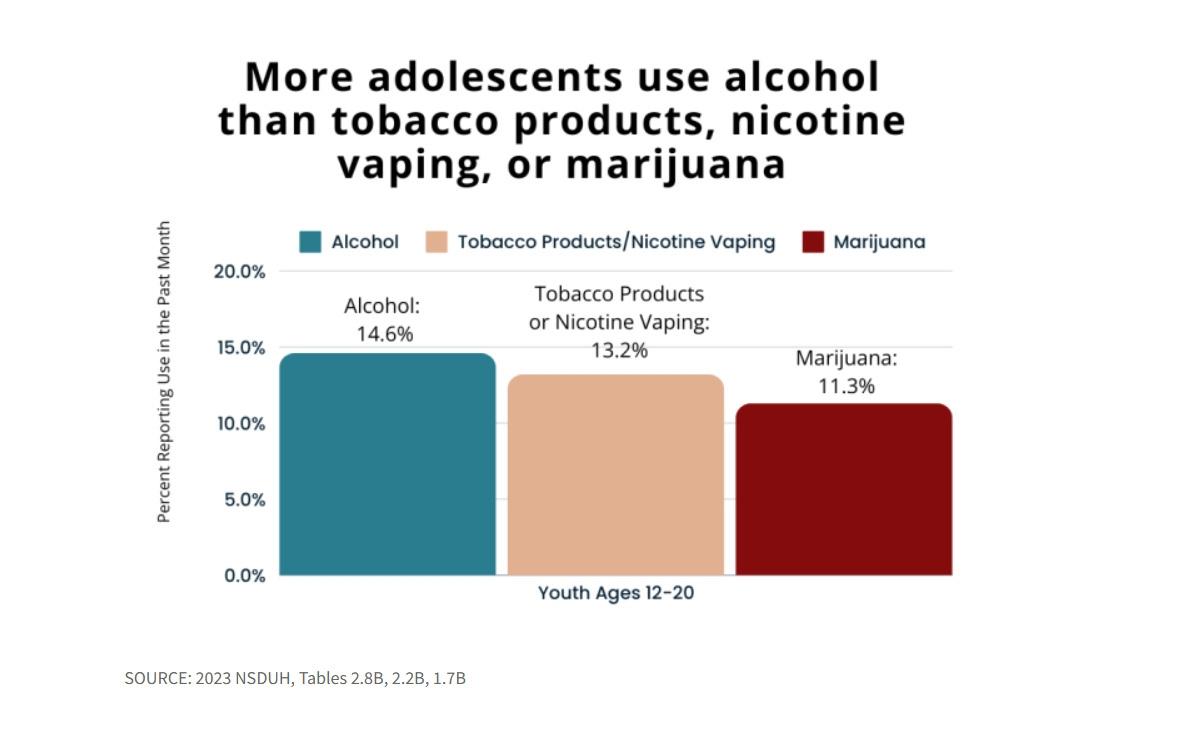
Preventing Underage Drinking
Several key approaches have been found to be successful . T are:
Several key approaches have been found to be successful. They are:


Individual-level interventions. This approach seeks to change t way youth think about alcohol so they are better able to resist pressures to drink .
eventing Underage Drinking ches have been found to be successful . They
Individual-level interventions. This approach seeks to change the way youth think about alcohol so they are better able to resist pressures to drink.
erventions This approach seeks to change the ut alcohol so they are better able to resist
School-based interventions. These are programs that provide students with the knowledge, skills, motivation, and opportunit they need to remain alcohol-free
School-based interventions. These are programs that provide students with the knowledge, skills, motivation, and opportunities they need to remain alcohol-free.
ventions. These are programs that provide nowledge, skills, motivation, and opportunities alcohol-free
Family-based interventions. These are efforts to empower pare to set and enforce clear rules against drinking, as well as improv communication between children and parents about alcohol
Family-based interventions. These are efforts to empower parents to set and enforce clear rules against drinking, as well as improve communication between children and parents about alcohol.
entions. These are efforts to empower parents lear rules against drinking, as well as improve ween children and parents about alcohol
Community-based interventions. Community-based interventi are often coordinated by local coalitions working to mitigate ris factors for alcohol misuse.
nterventions Community-based interventions ed by local coalitions working to mitigate risk misuse
Community-based interventions. Community-based interventions are often coordinated by local coalitions working to mitigate risk factors for alcohol misuse.

ntions. This approach makes alcohol harder to raising the price of alcohol and keeping the Drinking Age at 21 Enacting zero-tolerance ving after any amount of drinking for people also help prevent problems
Policy-level interventions. This approach makes alcohol harder get for example, by raising the price of alcohol and keeping the U.S. Minimum Legal Drinking Age at 21 . Enacting zero-tolerance laws that outlaw driving after any amount of drinking for peopl younger than 21 can also help prevent problems
Policy-level interventions. This approach makes alcohol harder to get–for example, by raising the price of alcohol and keeping the U.S. Minimum Legal Drinking Age at 21. Enacting zerotolerance laws that outlaw driving after any amount of drinking for people younger than 21 can also help prevent problems.
Youth Ages 12-20
The Division of Behavioral and Social Sciences conference room offers excellent meeting space in Shawnee Hall.
FALL OUT
Autumn Provides Opportunities For Activity, Connection
BY JOHN BOBB-SEMPLE, EXECUTIVE DIRECTOR OF POTTAWATOMIE GO
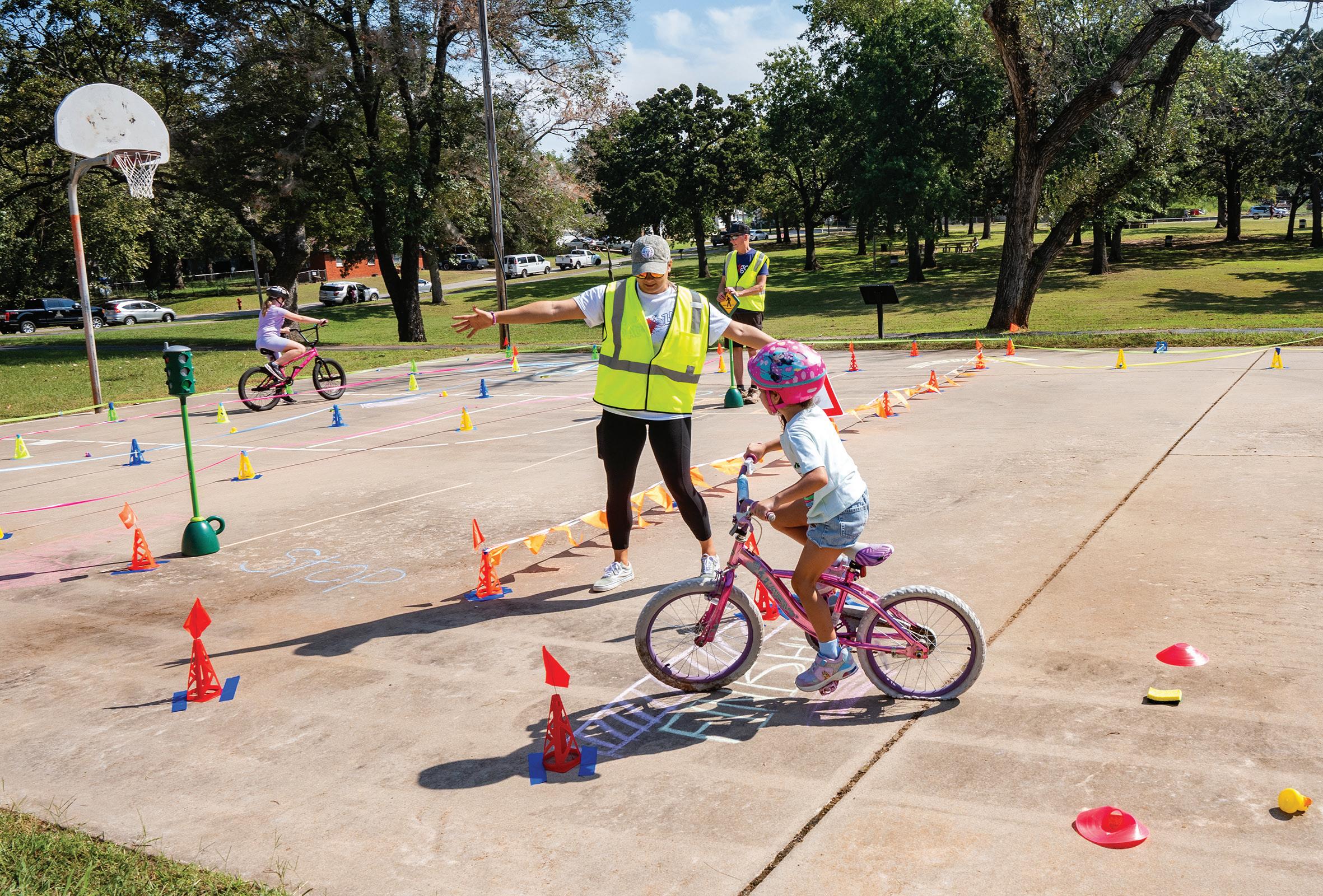
Pottawatomie GO, or Pogo, kicked off fall with its second annual Pedal Palooza last month in Rotary Briscoe Boy Scout Park, giving families the chance to learn about the benefits of biking and how to be safe while riding. — Photos submitted
Fall is here, bringing crisp mornings, colorful leaves and plenty of chances to get outside and move.
On the third night after fall began this year, my wife and I were walking our dog in Rotary Briscoe Boy Scout Park — the host site for this year’s Pedal Palooza — when a family who had attended the event came over to say hello. Their grandkids had biked all over the park, proudly wearing the helmets they received from our generous partners: Kids Action, First United Bank and Safe Kids Oklahoma.
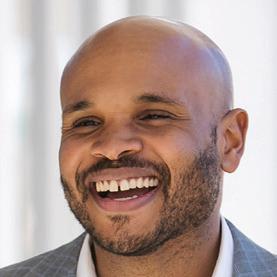
Bobb-Semple
As we stood there talking under the turning leaves, I felt a wave of gratitude. Gratitude for our partners. Gratitude for the families who showed up. Gratitude for the kind of community where grandparents, kids and even strangers at the park can share a moment rooted in movement and connection.
The grandparents talked about how much fun the kids had, and how excited they were to return next year. The kids

— without skipping a beat — chimed in with stories about their favorite routes, their new helmets and the joy of racing around with friends. What stayed with me was how this multigenerational conversation touched on something deeper: the need to help kids unplug from screens, the importance of outdoor play and the shared responsibility we have to create a community where healthy, active living is the norm.
At Pogo, we believe this vision is possible, but it requires everyone doing their part. Building a community that prioritizes health and connection isn’t the job of any one organization. It is something we build together, one step and one relationship at a time.
Even though Pedal Palooza has wrapped up, there’s still a lot happening this season to keep us energized and engaged.
The Safe Streets for All (SS4A) planning process is still underway. Your feedback is shaping real improvements. That includes safer intersections near schools, better lighting along routes used by seniors and the reimagining of high-speed roads where people walk every day. If you haven’t yet filled out the SS4A survey, please consider doing so. Your insights are critical whether you walk, roll, drive or ride.
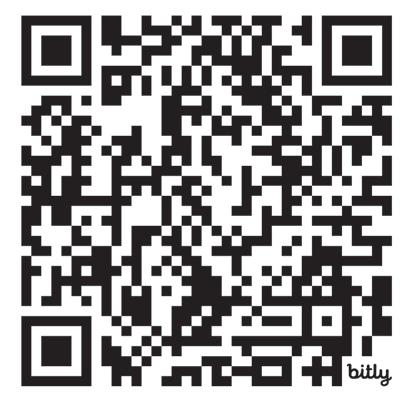
Scan to join the Groove Around the Globe Steps challenge happening now through Nov. 14.

the QR code here to join the challenge.
As the days grow shorter and the air turns cooler, it’s tempting to stay inside, but fall offers a perfect time to connect with your neighborhood. Whether it’s a walk to the park, a bike ride with your kids or simply a few minutes outdoors with a friend, these daily rhythms strengthen our community’s physical and emotional health.
To everyone who joined us for Pedal Palooza, filled out a survey or is lacing up for Groove Around the Globe, thank you. Every pedal, every step and every shared idea moves us closer to a safer, healthier and more connected Shawnee.
Let’s keep it going.
For more information about activities going on this fall, check out gopogo.org. S
At the same time, the Community Health Improvement Plan — or CHIP — is moving forward with strong momentum. Based on input from thousands of residents, the plan is helping us zero in on the issues that matter most.
For example, we’re working with partners to increase access to fresh food in rural areas where grocery options are limited. We’re looking at ways to support more safe, affordable housing — especially for working families and seniors. And we’re having honest conversations about the rising mental health needs in our county, particularly among teens and young adults where isolation and access to care remain serious challenges.
CHIP is more than a document on a shelf. It is a roadmap backed by action. Dozens of local organizations are using it to align efforts, strengthen partnerships and track real progress. And speaking of progress, Groove Around the Globe kicks off Oct. 1 with our countywide steps challenge. Whether you stroll through your neighborhood, walk laps at work or hike your favorite trail, every step counts. You can track your movement, challenge friends or coworkers and be part of something that celebrates health in a fun and welcoming way. Visit facebook.com/GrooveAroundtheGlobe2025 or scan
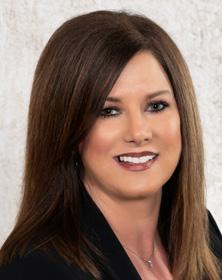
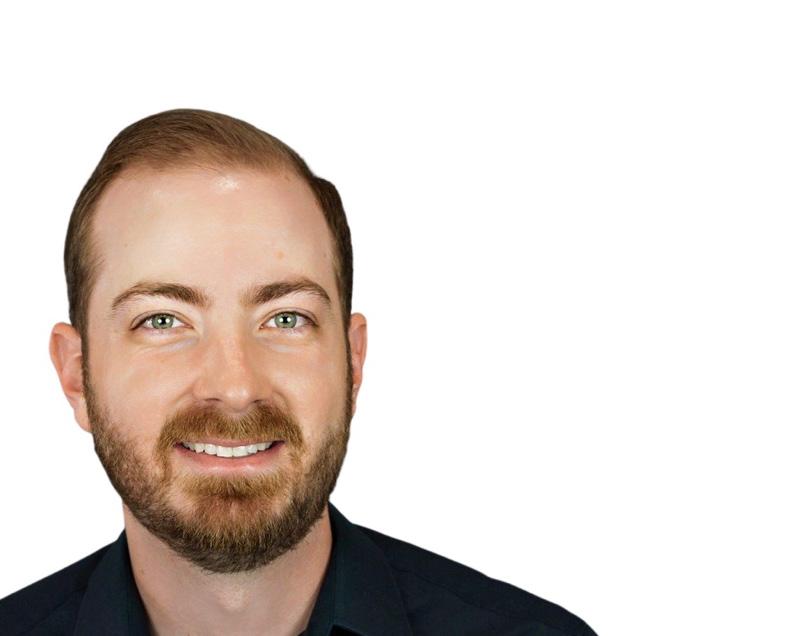




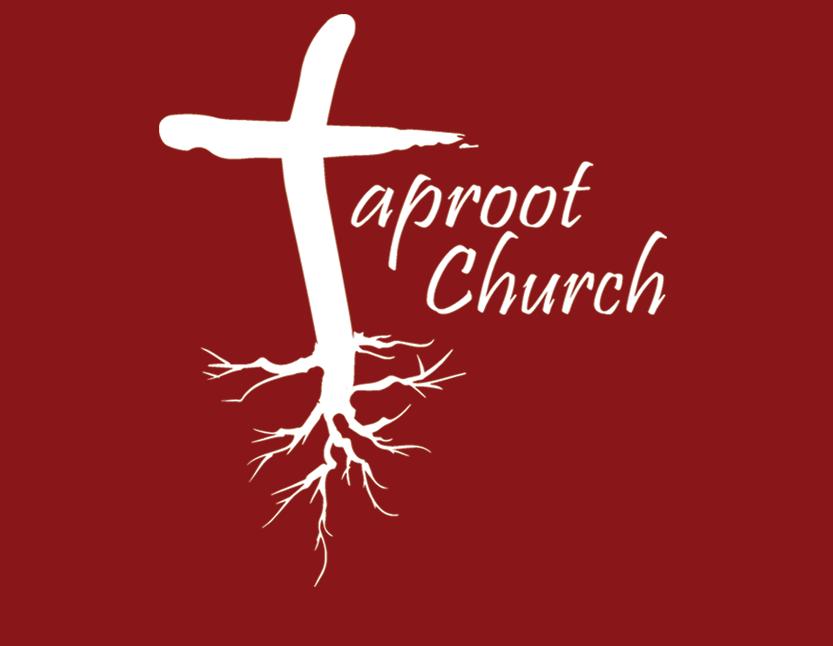

PARKING METERS
Shawnee Early To Adopt Parking Meters After Invention In OKC
BY ANN MCDONALD, COURTESY POTT CO HISTORICAL SOCIETY MEMBER
ard to imagine these days, but Shawnee “old timers” likely remember parking meters.
Our Main Street wasn’t originally intended to be the town’s “main street.” When those who planned a community on the north side of the river not long after the land run in 1891, they started with First Street. Main Street today was originally Eighth Street. Just a few years later, the trains came just before 1900 with the arrival of the Rock Island depot, those planned streets were swallowed up to Seventh.
Construction was frantic with hotels, businesses, banks and office buildings. When that happened in the early 20th century, there weren’t many automobiles, and many considered the few that were present as experimental. A trolley down the middle of what had become Main Street served most of Shawnee’s populace. A place to park was not an ordinary citizen’s concern.
Then came more people, more stores, more automobiles. Trucks full of produce worked their way through the streets to get to their destination. Eventually, the Main Street trolley tracks were removed. The narrow, unanticipated Main Street would need to expand to accommodate the many downtown shoppers, and those shoppers needed a place to park.
all day. His invention — called a parking meter — caught on, and the first ones were installed in Oklahoma City beginning in 1935. The meter sat atop a pole placed along the curb at appropriate intervals. The cost was a nickel for an hour. Retailers loved the idea as it allowed more shoppers to cycle through the business districts with more ease.
Here in Shawnee, officials were watching. By 1940, parking meters began to appear along the downtown streets. At first, local folks were not happy with the idea but then realized they were more likely to get a place to park sooner and closer to the store they needed to visit as the time ran out on the previous parker’s meter. The flow of traffic also moved more quickly, and there were fewer accidents.
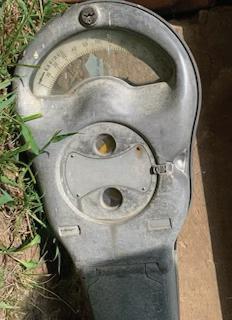
Though invented and first used in Oklahoma City, Shawnee officials quickly adopted the new technology as a way to help control and bolster the increasing automobile traffic through its busy downtown business district. — Photo submitted
Fortunately for Shawnee, the booming town was not the only place suffering from lack of space. Even smaller communities in the area had laid out wider main streets while here the lack of designated parking space hurt businesses. It wasn’t unusual for the autos and trucks to stay for hours in a spot they found.
Over in the state’s capitol, there was the same problem — maybe even worse. Just like in Shawnee, shoppers often had to drive looking for a place to park and might have to leave their car blocks away. What was the solution? It wasn’t going to get any better as the town’s population along with the ownership of those motorized vehicles.
Oklahoma City resident Carl Magee recognized the problem, so he and others went to work on an idea to require drivers to pay for a parking place. His thought was that if a driver was paying, they wouldn’t leave the vehicle in the same spot
Two events in Shawnee changed parking in town, and eventually meters were part of the past. City leaders decided to construct parking lots downtown as more and more shoppers visited the many stores in the area. Not long after their addition, the large lots behind popular stores like TG&Y, Anthony’s and Wards were almost always full. The meters there didn’t bother parkers if they had a handy and safe place to leave their car, and the money dropped in the meters helped pay for the construction of those lots. Later, another lot on Ninth Street was added.
In the 1970s came word that a mall miles to the north of downtown’s Main Street was coming, and once that was complete, citizens began to travel out there. Again, it was automobiles that drove much of that decision. It wasn’t a problem to drive to wherever the shops were if they were easy to get to and park. With the city starting to spread out more — from Main Street to I-40 — finding a place to park is the least of a shopper’s concern. It all stemmed from ideas for progress, local government awareness and people’s ability to adapt. The days are gone when a shopper has to worry about losing their nickel when they drop it and have to watch it roll into the grate in the street or hurrying back to their car before time on the meter runs out. In their time, parking meters served a purpose, and after getting used to it, Shawnee citizens were glad that parking to shop was easier.
MAD, NOT MEAN
Understanding Anger To Help Find Proper Expression
BY PAULANN CANTY, MARRIAGE & FAMILY THERAPIST, MS, LMFT
Paulann Canty is a licensed marriage and family therapist and longtime Shawnee resident whose practice, Growthlines LLC, has decades of experience helping community members with a range of issues. She believes seeking therapy takes courage, and she will be answering questions from the community in the Shawnee Outlook every month.
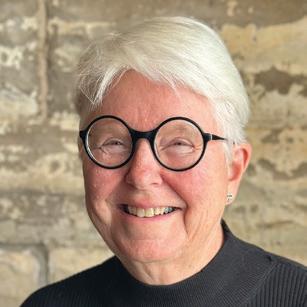
Have a question for Paulann? E-mail your question to editor@shawneeoutlook.com with the subject line, “Ask Paulann.”
Andrew G. asks: I am angry a lot. I know I take it out on my wife and kids with the things I say and do. They don’t deserve that and it makes me angry at myself. I don’t want to be that guy. How do I stop being mad all the time?
Dear Andrew,
Thank you for having the courage to bring anger to the table. Our culture often presents anger as the “manly” emotion, and the only suitable feeling for men. Then as though that isn’t limiting enough, we tell you it is not okay to express it, leaving you stuck between a rock and a hard place.
You may be using anger as a self protective bid for connection. That is a little bit like building a ring of fire around ourselves, hoping to be rescued while throwing gas on the flames when anyone comes near.
The good news is you don’t have to stay there. You can move toward managing your anger instead of it managing you. You can learn to express your anger in healthy, productive ways. You can choose to broaden your feeling vocabulary so anger isn’t the default setting.
Here are some things to consider:
• Feeling anger and expressing it are two different things. When I stepped into the play therapy room at my first job in a community mental health center, a colorful poster caught my eye. It said, “It’s okay to be mad; it’s not okay to be mean.” That clear and simple statement has been a daily reminder to me that anger is a legitimate feeling to be heard and acknowledged. It is how we choose to express our anger that becomes a problem. If feeling anger is the content or message, the expression of anger is how we package and deliver it. Sometimes poor packaging and delivery keep others from hearing the message accurately or at all. When the package is rejected, we are at risk of believing the message has no value.
• Anger often becomes a container for several feelings felt at the same time but expressed only as anger. Imagine watching a volcano spew lava — or anger — from its mouth while discovering that inside the volcano there are many streams of molten lava coming together to create the heat and energy that result in eruption. Each feeder stream is a different feeling — such as confusion, disappointment, hurt, embarrassment, etc. — that are merging into the explosive expression of anger. Acknowledging and expressing the below the surface feeder feelings first can help others hear us more clearly, often with less reaction.
• Mad expressed without being mean becomes energy for change, both within ourselves and in those around us. Anger without name calling, belittling, false accusations or physical aggression focuses that energy on building versus destroying the connection that is the foundation of relationship and community.
There is a lot of research based information on the place of anger in the wide array of human emotions, and the role its expression plays in our daily lives. Here are a few resources you may find informative and helpful.
• “Why Being Angry is Okay (and Even Helpful),” Jade Wu, Ph.D., Psychology Today, https://www.psychologytoday. com/ca/blog/the-savvy-psychologist/202007/whybeing-angry-is-okay-and-even-helpful
• “Understanding Angry,” https://uhs.berkeley.edu/sites/ default/files/understanding_anger_0.pdf
• “The Dance of Anger: A Woman’s Guide to Changing the Patterns of Intimate Relationships,” Harriet Lerner, Ph.D.
• “The Will to Change: Men, Masculinity, and Love,” Bell Hooks
• “Understanding Anger: How Psychologists Help with Anger Problems,” American Psychological Association, https://www.apa.org/topics/anger/understanding
• “The Value of Anger: 16 Reasons It’s Good to Get Angry,” https://www.goodtherapy.org/blog/value-of-anger-16reasons-its-good-to-get-angry-0313175
• “Anger in Families,” AAMFT, https://www.aamft.org/ AAMFT/Consumer_Updates/Effect_of_Anger_on_ Families.aspx
Anger doesn’t have to be a negative or shameful disrupter. We can reclaim the value of anger as an energizing force for good in our life when we separate the mad from the mean. S
Paulann
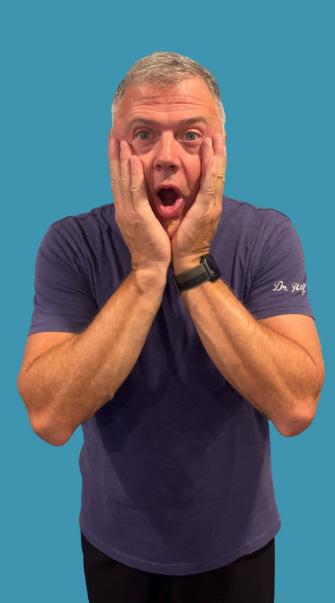


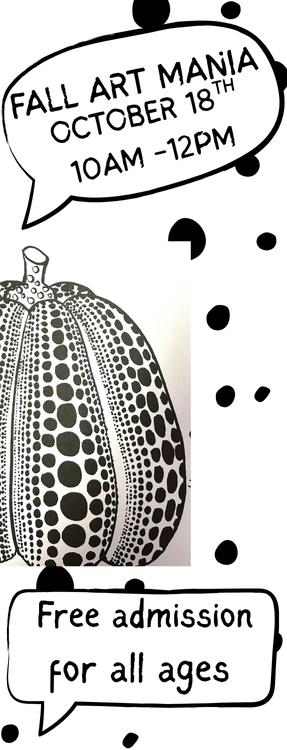

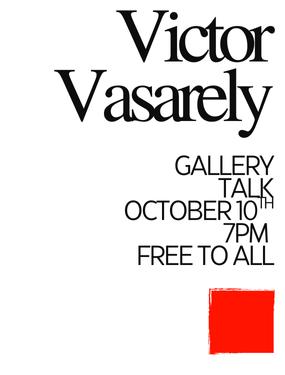
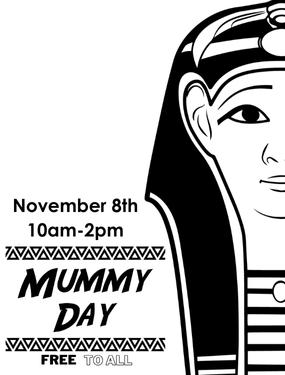

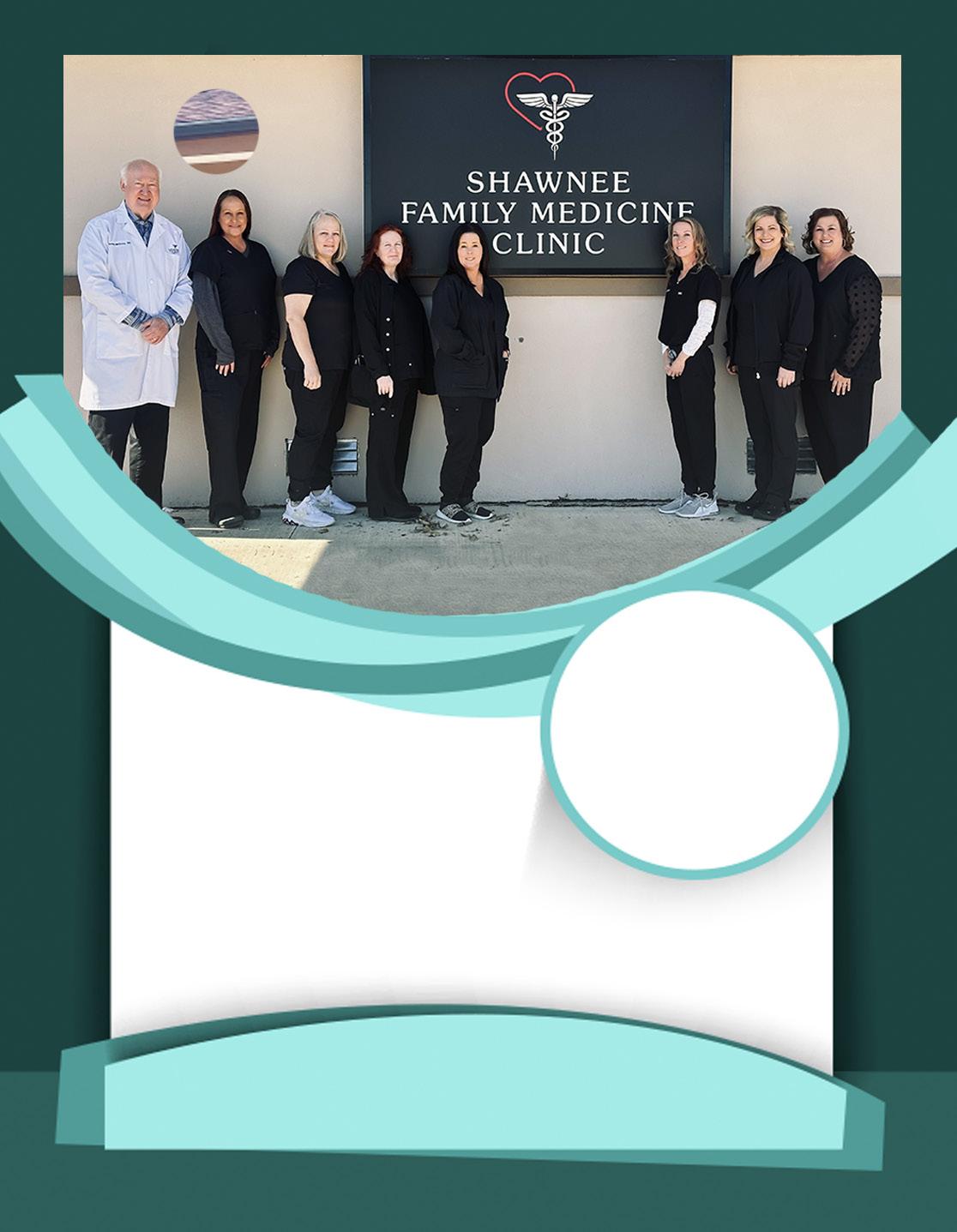


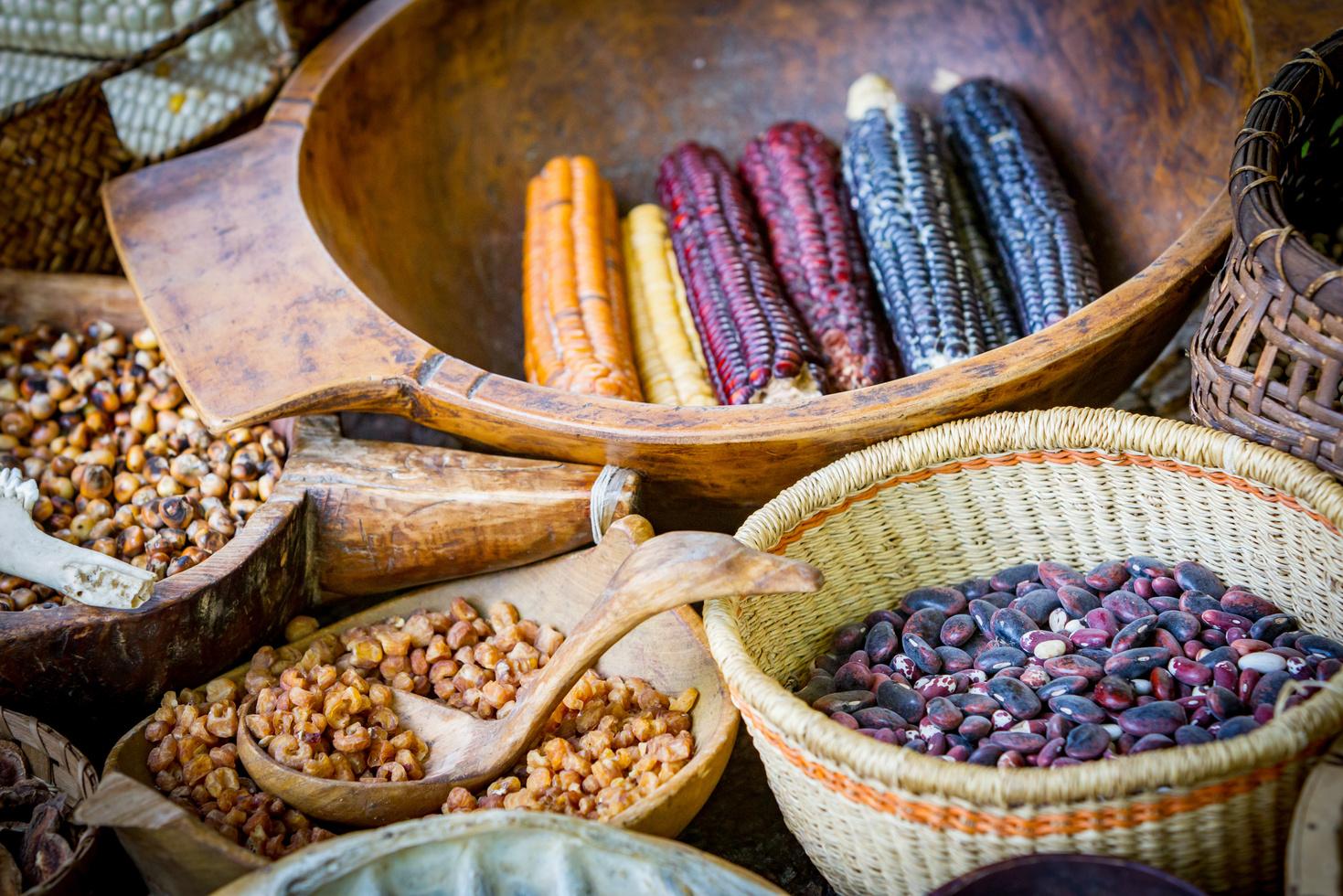


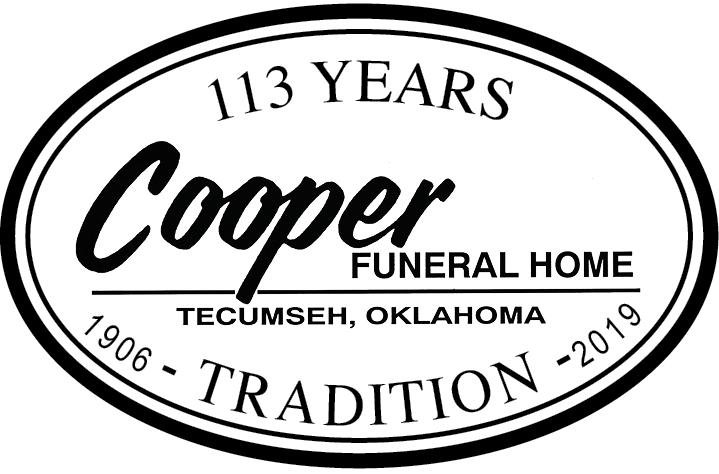

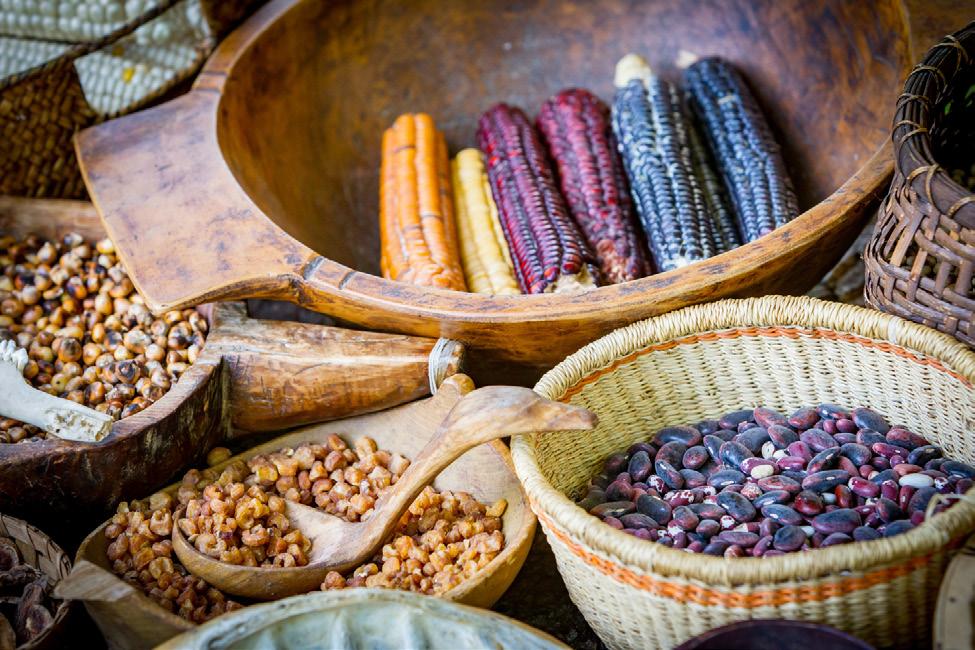




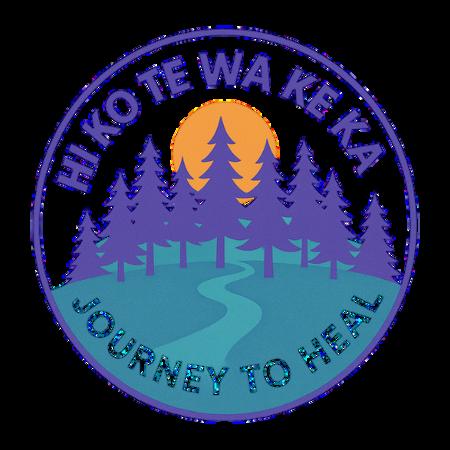
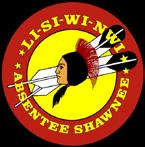
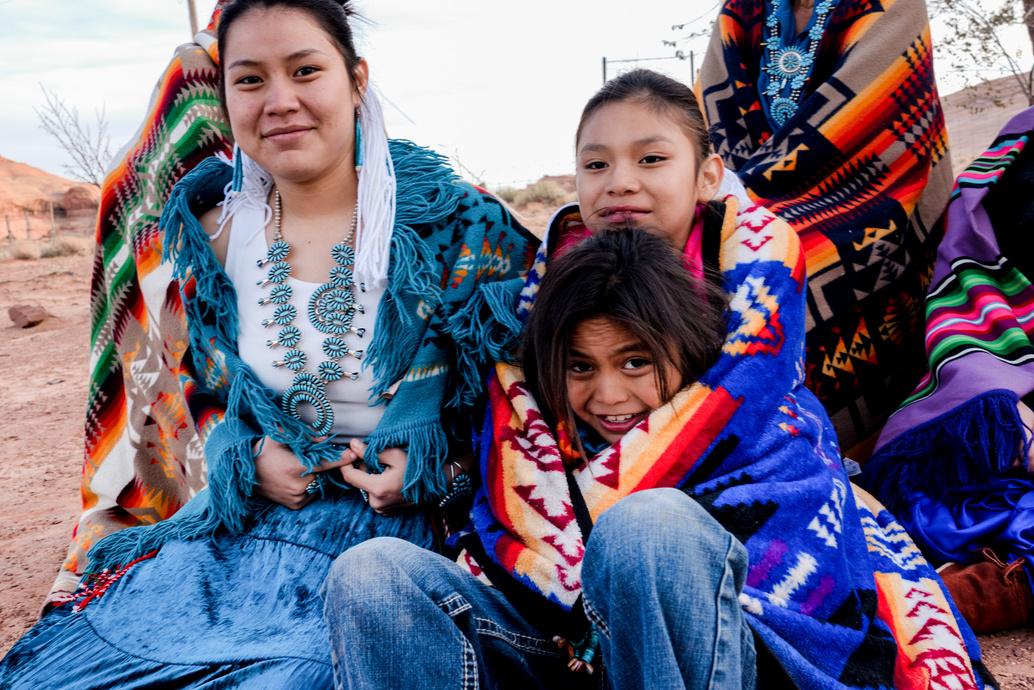

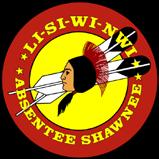
Oct. 1-19: The Mabee-Gerrer Museum of Art is happy to host the special exhibition, “The Prints of Victor Vasarely,” featuring works by one of the most innovative artists in the field of optical art. Information: mgmoa.org
Oct. 1-31: Oklahoma Baptist University presents a new art exhibition called “Fly” featuring works by associate professor of art, Josh Brunet, and inspired by the “Peter and the Starcatchers” book series that tell the stories of Peter Pan’s legendary beginnings. The exhibition is hosted in the Julie Marks Blackstone Gallery on the OBU campus. Information: joshua.brunet@okbu.edu.
Oct. 1-Nov. 14: Gather or join your team and help the area Shawnee traverse the planet with Groove Around the Globe steps challenge through Nov. 14. Create or join a team and challenge your friends and family to take steps toward a community goal of walking one time around the circumference of the world. Information: facebook.com/ GrooveAroundtheGlobe2025
Oct. 9: Celebrate Project Safe’s 40th birthday at its annual Honey Do Auction and Fundraiser at 5:30 p.m. at the Grand Casino event center at 777 Grand Casino Blvd, which supports its Freedom House emergency shelter and work with survivors of domestic violence. The evening will feature food, live and

What’s better than fun and

silent auctions and author and speaker Robert Attaway, who will share his experience of growing up with domestic violence. Information: projectsafe.com/about-3-1
Oct. 11: The Citizen Potawatomi Nation House of Hope is hosting its annual Color Fun Run 5K to raise awareness for domestic violence starting at 9 a.m. at Raymond Peltier Park at 1702 S. Gordon Cooper Drive. Information: (405) 275-3176 or facebook.com/cpnhouseofhope
Oct. 16: Bikes on Bell Bike Nights returns at 6 p.m. in downtown Shawnee. This monthly family-friendly gathering/ celebration of motorcycle enthusiasts, riders and their friends and family features events, vendors, giveaways and charity fundraising, A portion of the proceeds will benefit Shawnee High School band boosters. Information: facebook.com/ ToolboxLLC
Oct. 16: The Third Thursday Poetry Reading will begin at 7 p.m. at the Lunch Box at 217 E. Main St. with a reading by a featured guest followed by an open mic session for attendees to read up to two poems of their own or from a favorite poet. The Lunch Box will open at 6 p.m.; desserts and drinks available.
Oct. 18: Farmer's Market at OneSixty will host a fall fest
N. Bryan. Food trucks, vendors, face painting, trunk or treat,



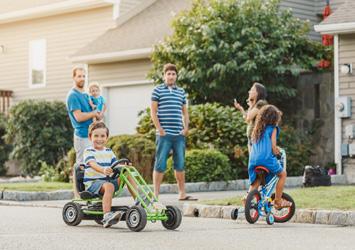
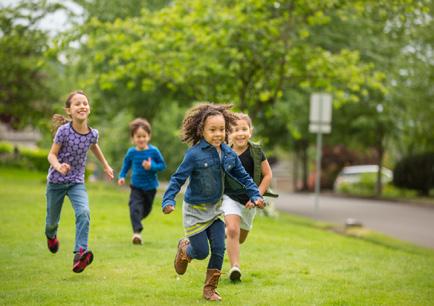
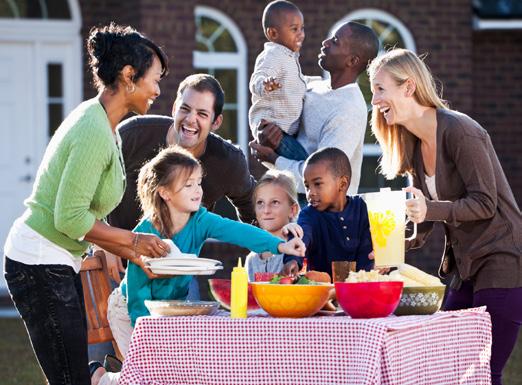
STRONG COMMUNITIES START WITH US
>

games, bounce house and more. Information: facebook.com/ share/1BGJEh4XaU
Oct. 18: Get ready for a world full of pumpkins and dots at Fall Art Mania from 10 a.m. to 12 p.m. at the Mabee-Gerrer Museum of Art at 1900 W. MacArthur featuring fun activities and projects inspired by the art of Yayoi Kusama. Information: mgmoa.org
Oct. 18: Texas comedian William Lee Martin — affectionately known as “Cowboy Bill” — will take the stage at 7 p.m. at the Historic Ritz Theatre at 10 W. Main St. Information: ritzshawnee.com
Oct. 21: Show your wolf pride at the Pack the Stadium Community Pep Rally at Jim Thorpe Stadium on the Shawnee High School campus starting at 5:30 p.m. with food trucks and the rally kicking off at 6:30 p.m. Meet the Wolves athletic teams, celebrate the Homecoming candidates and get fired up with the Howl Walls you won’t want to miss. Information: facebook.com/ shawneeschoolsok
Oct. 23: The Salvation Army's Women's Auxiliary will host its 42nd Annual Spaghetti Day from 11 a.m. to 6:30 p.m. at 200 E. 9th St. Proceeds from the event benefit local Salvation Army initiatives like the annual Thanksgiving meal. Information: (405) 275-2243 or facebook.com/SalArmyShawnee
Oct. 24: John Shack will present a magic murder mystery show at 7:30 p.m. at the Historic Ritz Theatre at 10 W. Main St. Information: ritzshawnee.com
Oct. 24: The Regency Skilled Nursing and Therapy will host a fall festival from 5:30 p.m. to 7 p.m. at 1610 N. Bryan featuring games, trunk-or-treating, coffee truck, cake walk, tattoo booth, hot dogs, popcorn and more. Information: theregencyok.com
Oct. 25-26: Join the Community Art Gallery at its Spirits & Spells Halloween Festival starting at 10 a.m. inside and outside the Shawnee Mall for two days of fun free activities and vendors. Information: (405) 432-7676
Oct. 25: The booster club for the Shawnee High School varsity boys soccer team is hosting a Monster Dash 5K and Fun Walk at 9:30 a.m. at the airport track starting near the Shawnee Soccer Association fields south of the expo center at 1700 W. Independence. The event will feature the 5K run, a trick-or-treat walk, costume contest, food and more. Information: (405) 2276324 or shawneesoccer@outlook.com
Oct. 25: Citizen Potawatomi Nation presents the second annual First Responders Trunk or Treat from 6-8 p.m. at the FireLake Bowling Alley parking lot at 40945 Hardesty Road. Guests are asked not to bring pets to this event. Information: potawatomi. org/event/second-annual-first-responders-trunk-or-treat
Oct. 26: Fable & Familiar Bookstore will host Pumpkins & Petals, a creative fall-themed crafting event starting at 3 p.m. at 10 W. Main Street. Information: (405) 827-7362 or fableandfamiliar@gmail.com
30 www.shawneeoutlook.com
Oct. 31: Grab your candy cauldron and hit the streets for treats during the official citywide trick or treat from 5:30 p.m. to 9 p.m. throughout town.
Nov. 1: Join the City of Shawnee for a day of autumn excitement with a carnival, costumes, candy, concert and more at the firstever Fall Fest from 12-10 p.m. downtown in Woodland Veterans Park. Check out the ferris wheel rides, zip lines, petting zoo and food. Enjoy some post-Halloween trick-or-treating. Meet new friends from local organizations and businesses. Information: (405) 878-1528
Nov. 1: Mosey on in for the Salvation Army Showdown Western-themed dinner and a show fundraiser featuring live music & entertainment, delicious dinner, raffles, plenty of fun surprises starting at 6 p.m. at the Grand Casino Event Center at 777 Grand Casino Blvd. Information: (405) 275-2243 or facebook.com/SalArmyShawnee
Nov. 1: Weather all the action as the Winter Storm Bull Riding Series blows into the Heart of Oklahoma Expo Center starting at 7 p.m. Information: shawneeexpo.com
Nov. 2: Locomotive Operators of Central Oklahoma will host its monthly public run 1-4 p.m. at 29626 Lake Drive in McLoud. Ride the rails on powered ⅛-scale locomotives right outside of Shawnee Twin Lakes. Information: locotrains.org
Nov. 6: Angels Among Us presents a bingo night benefitting Relay for Life at 6:30 p.m. in the Eagle Room at the Grand Casino Event Center at 777 Grand Casino Blvd. Information: (405) 308-6806 or (405) 434-3988.
Nov. 7: Redeemer Lutheran Church will host a free monthly movie night presented by for a fun night of fellowship, movie, pop and popcorn at 7 p.m. at 39307 MacArthur St. Parents and grandparents can enjoy a worry-free evening of movie entertainment while the kids watch an age-appropriate movie. Information: facebook.com/redeemerlutheranshawnee
Nov. 8: Scare up some post-Halloween fun at Mummy Day at the Mabee-Gerrer Museum of Art from 10 a.m. to 3 p.m. at 1900 W. MacArthur. Information: mgmoa.org
Nov. 8: The Fall Brawl 5 will take to the ring with amateur and professional boxing matches starting at noon at the FireLake Arena at 18145 Rangeline Road. Information: okcboxing.com
Nov. 8: Mark your calendar for the United Way Havana Nights annual gala at 6 p.m. at the Grand Casino event center at 777 Grand Casino Blvd. featuring dinner, drinks, dancing, raffles, a cake auction and the LIVE UNITED Award. Proceeds provide for the work of the United Way of Eastern Frontier Country and its support of nonprofit organizations throughout its territory. Information: unitedwayefc.org/events
If you know of any events you would like to see featured, email editor@shawneeoutlook.com.






